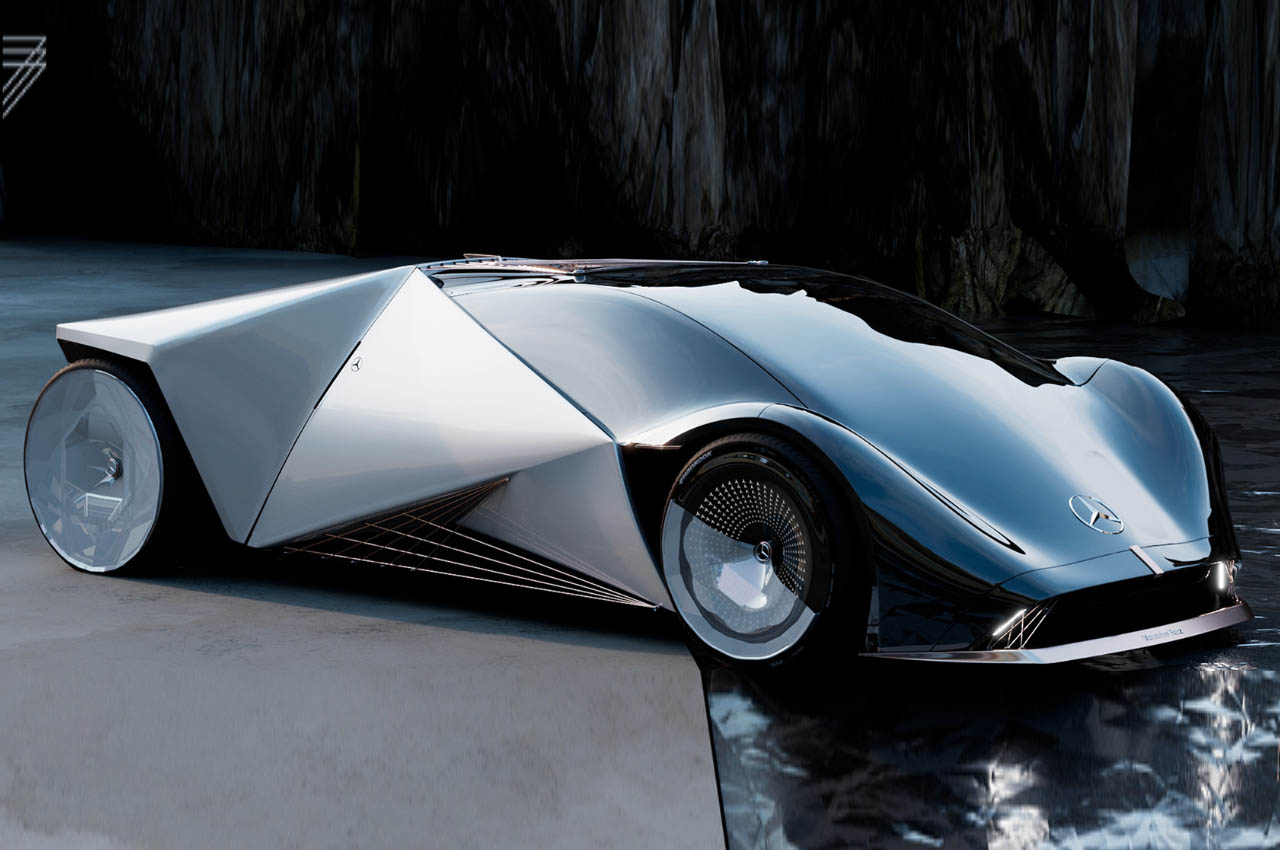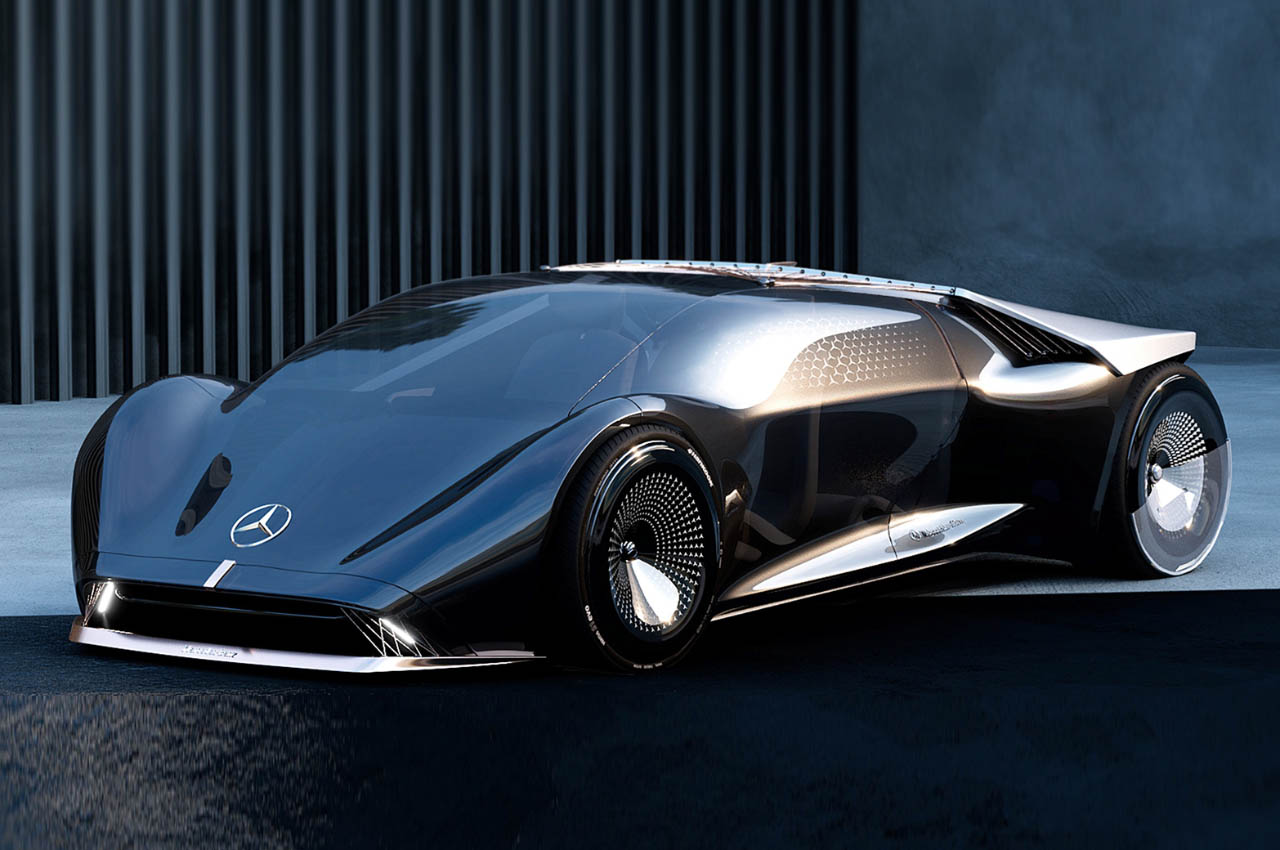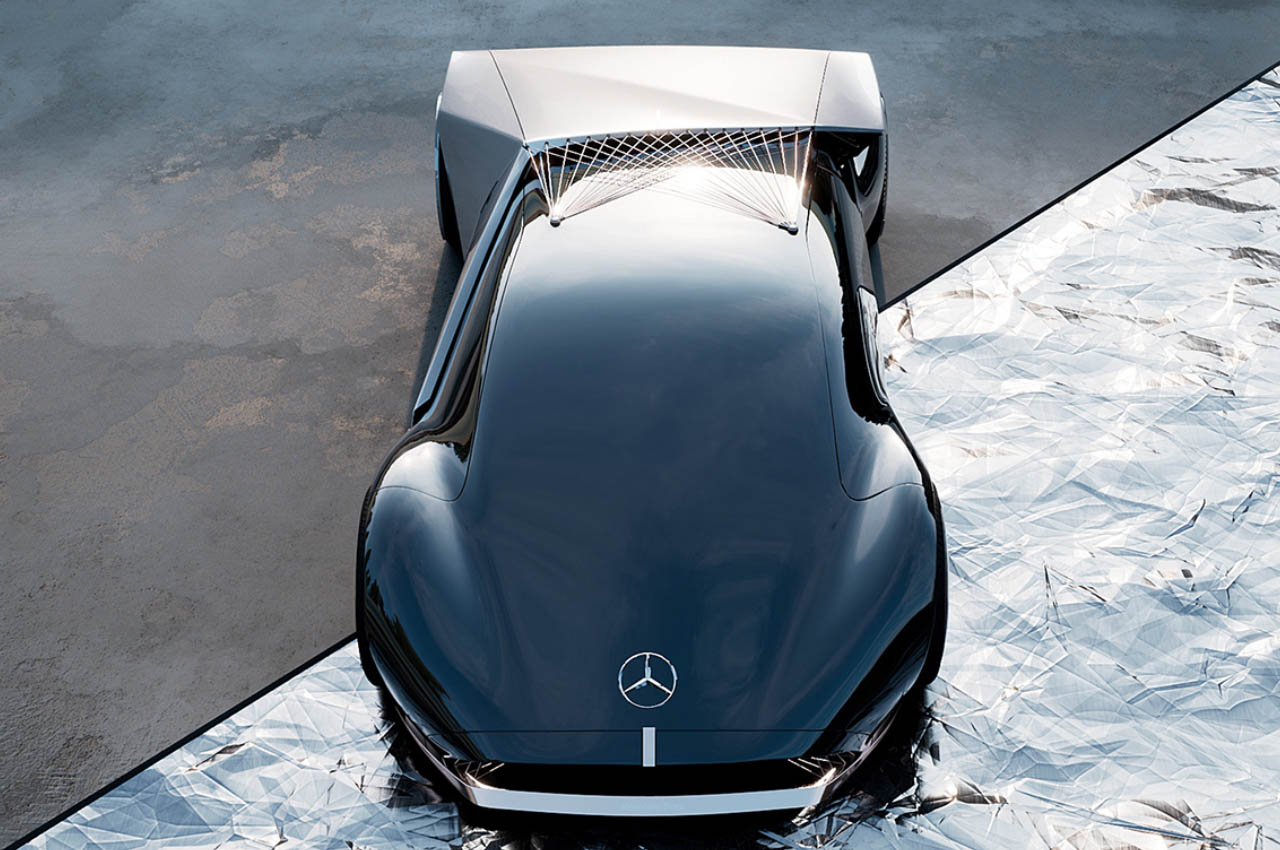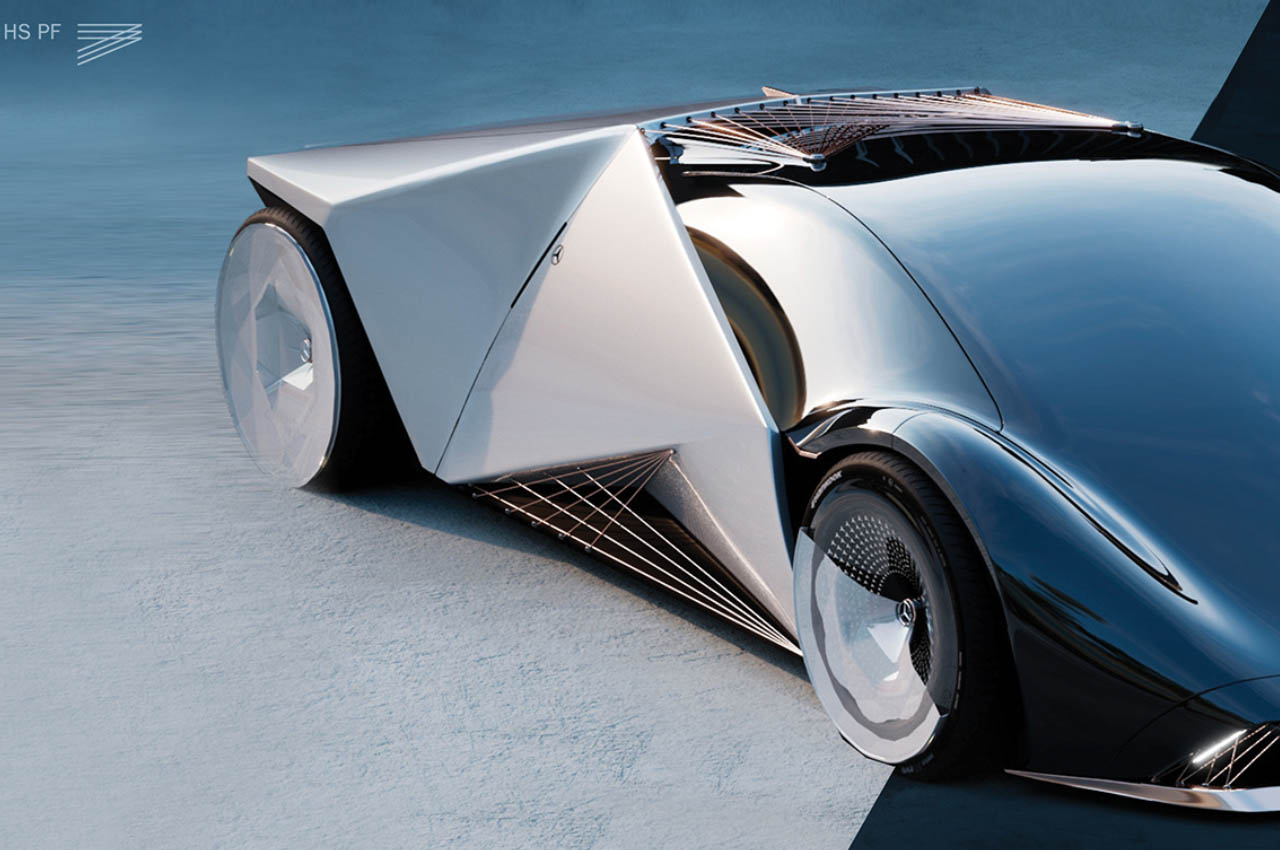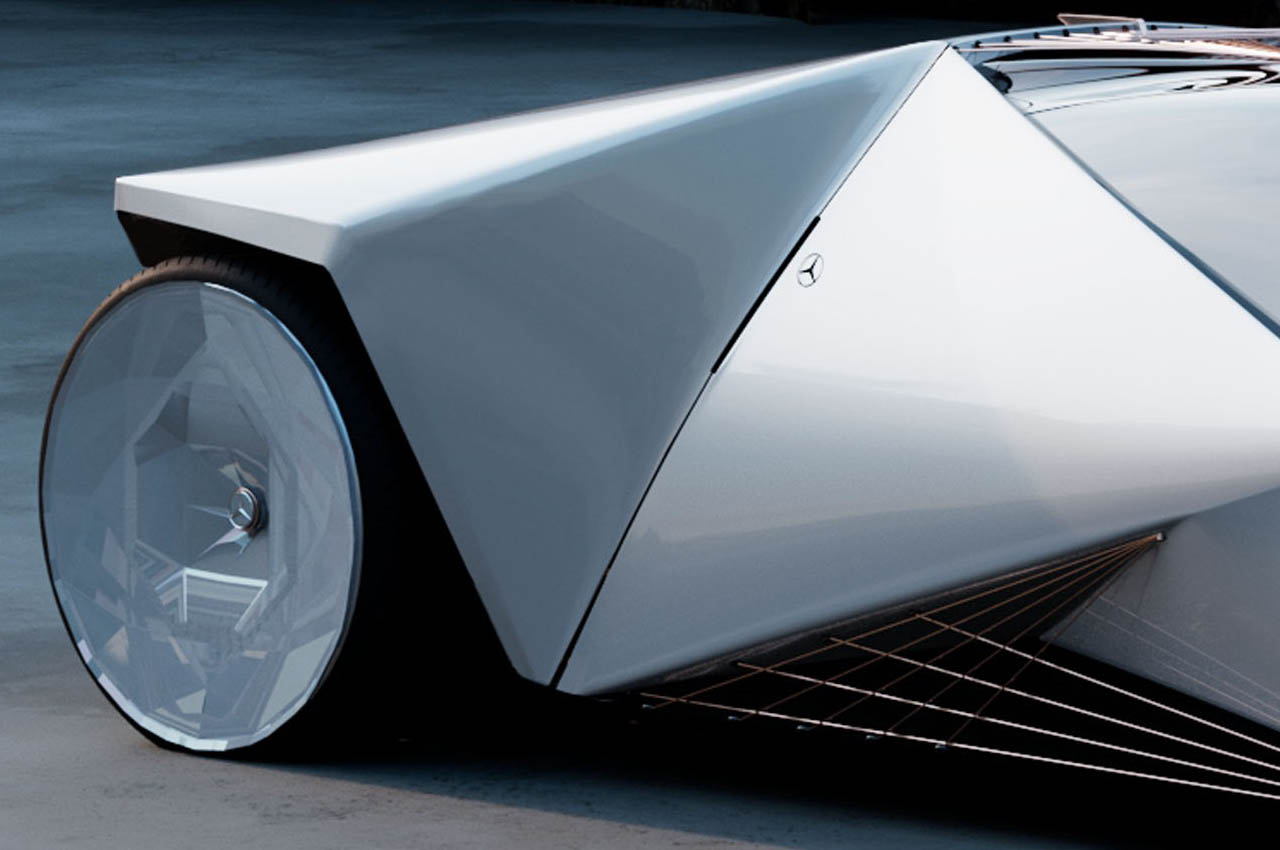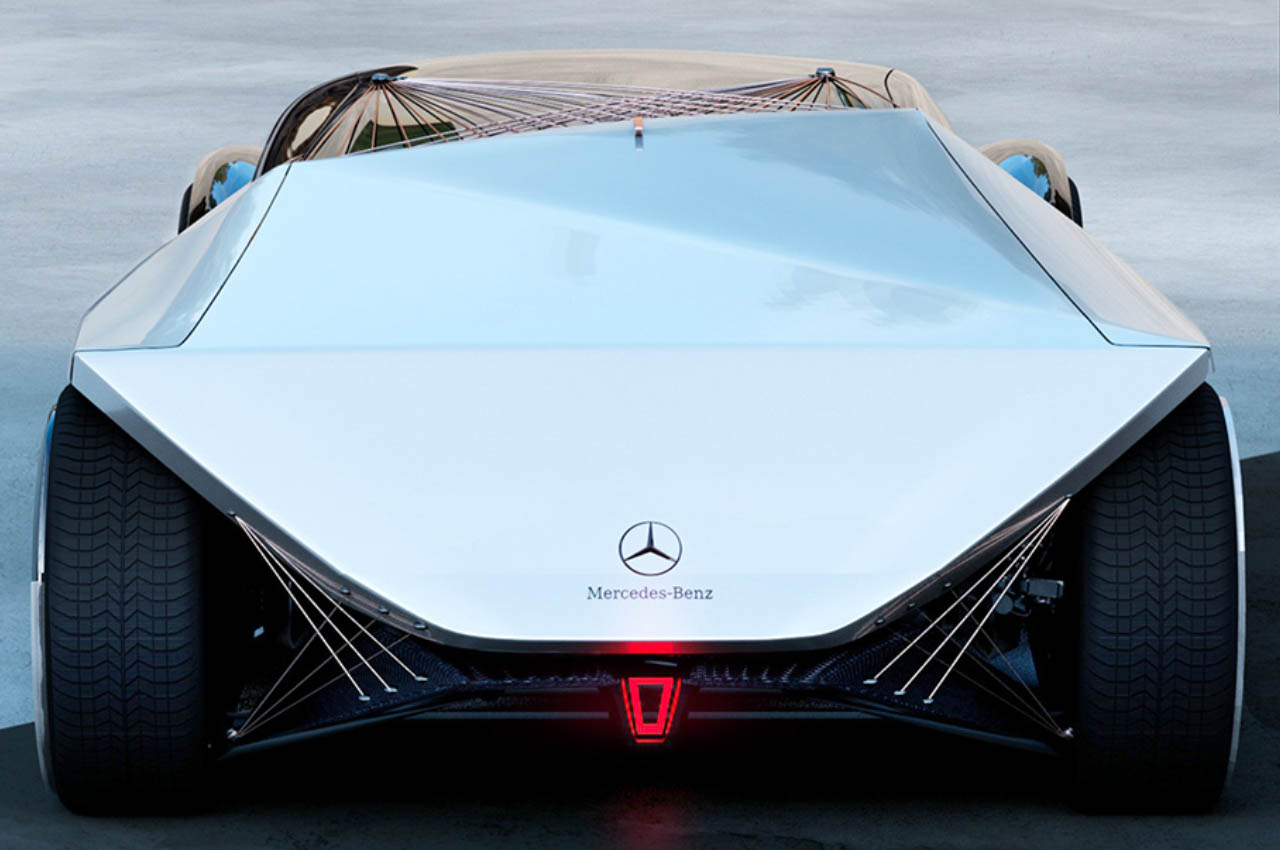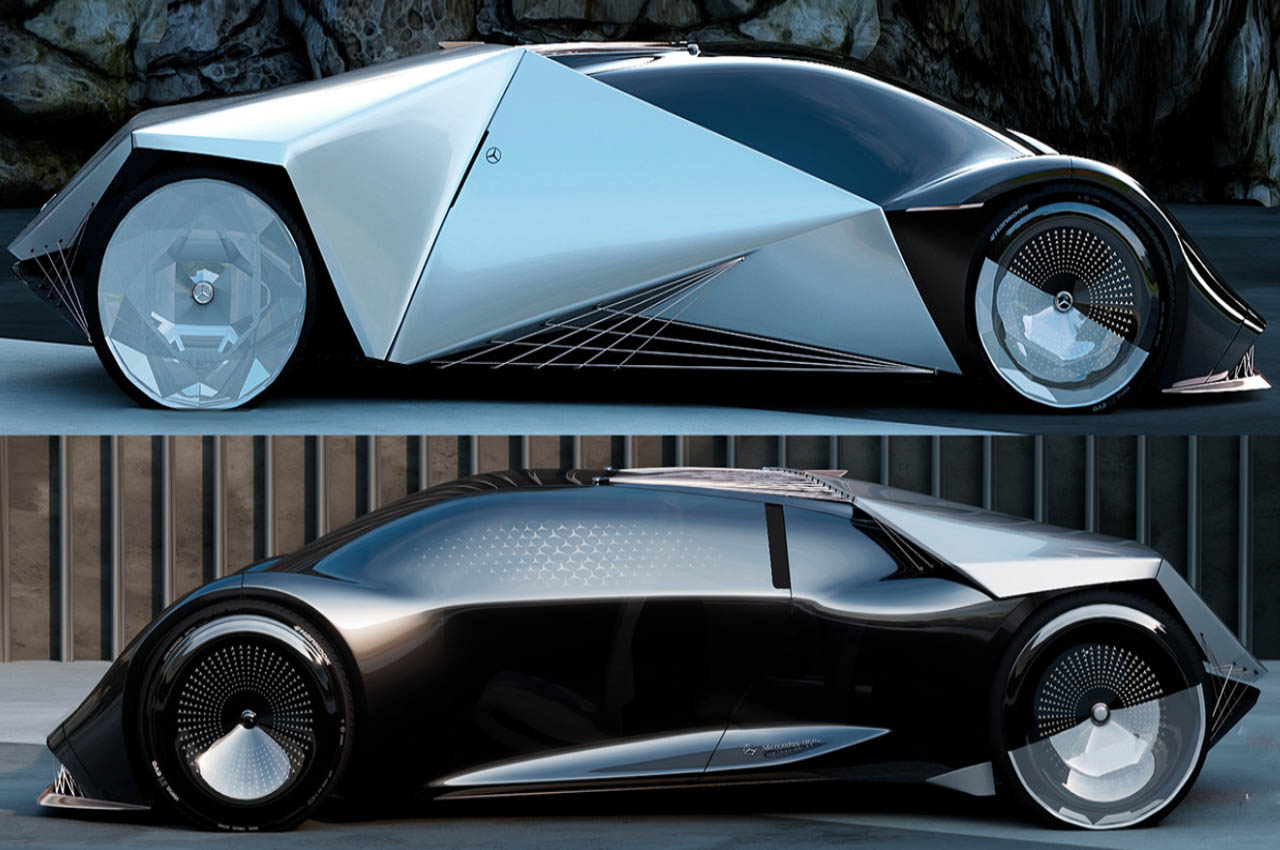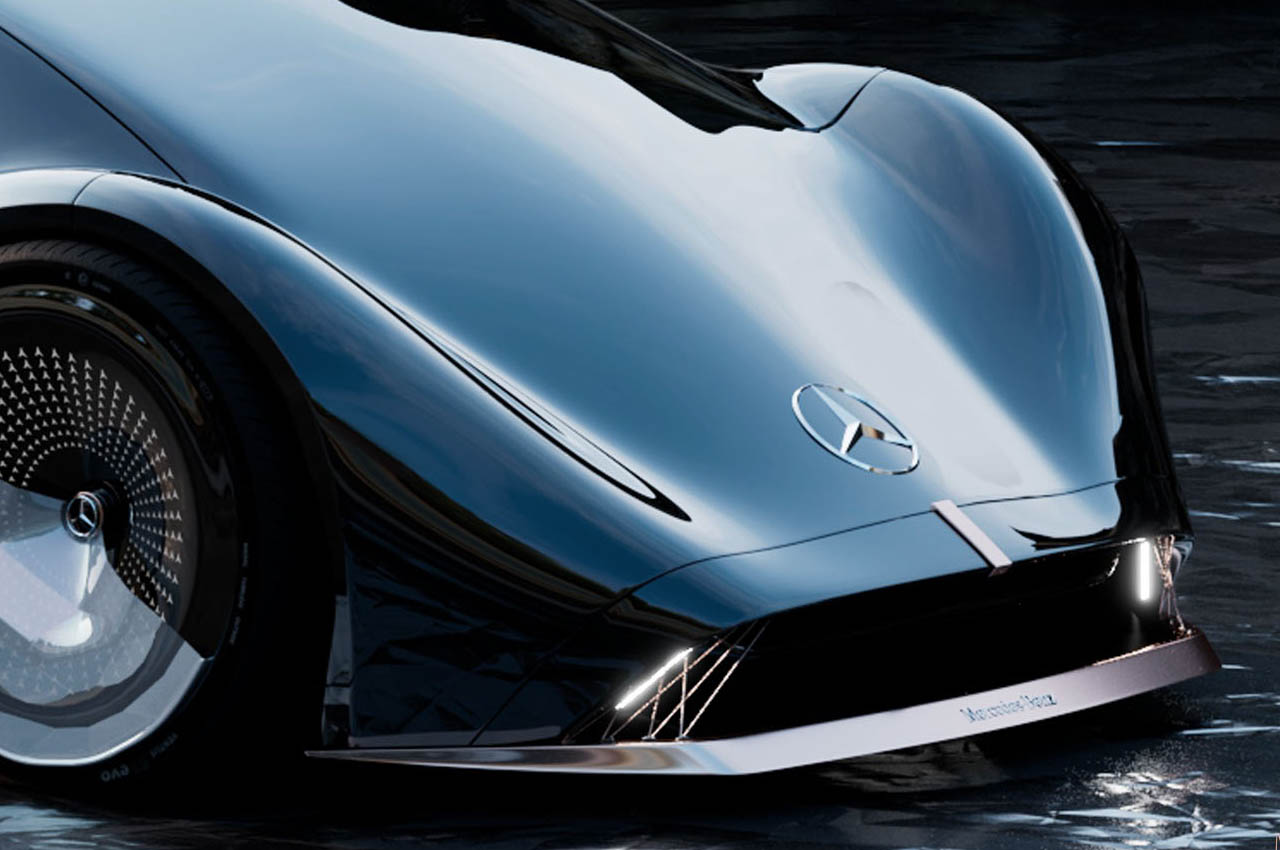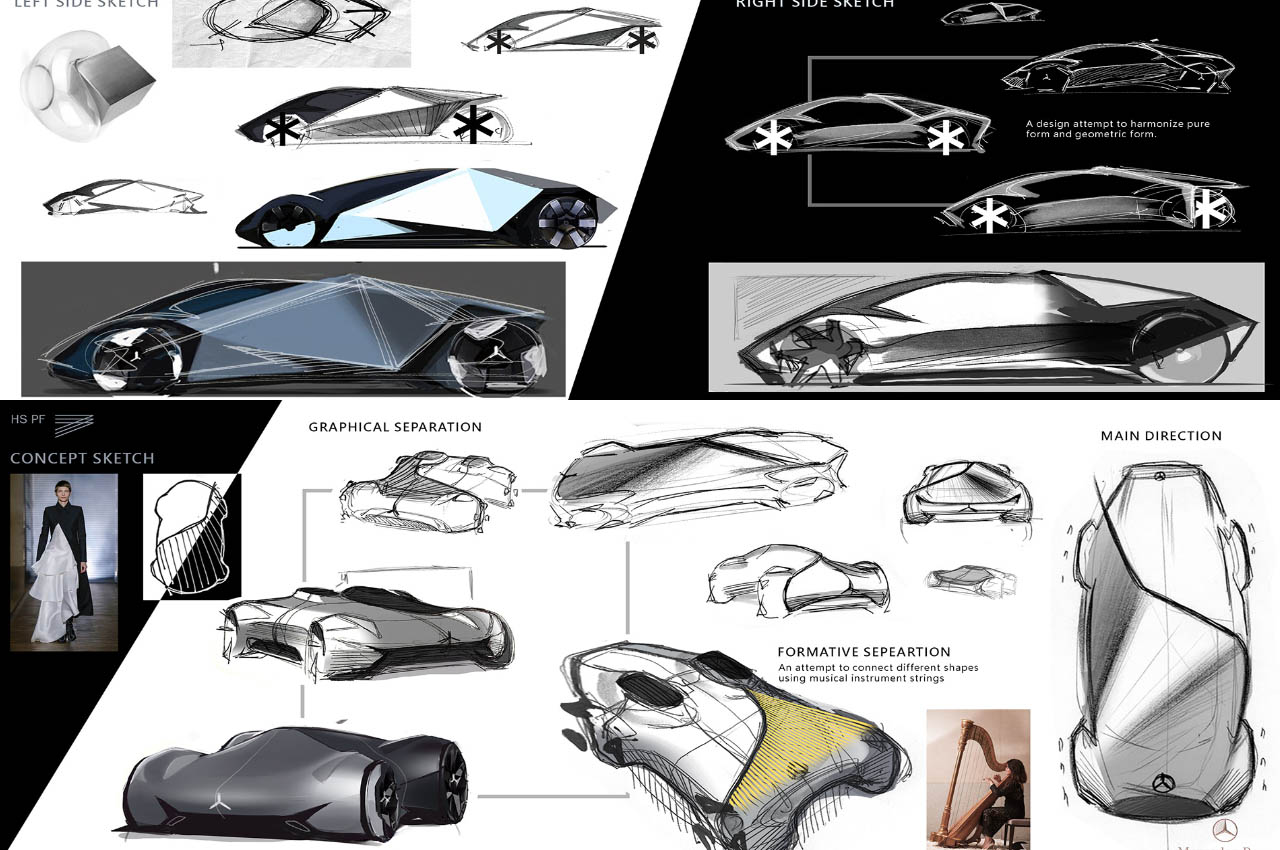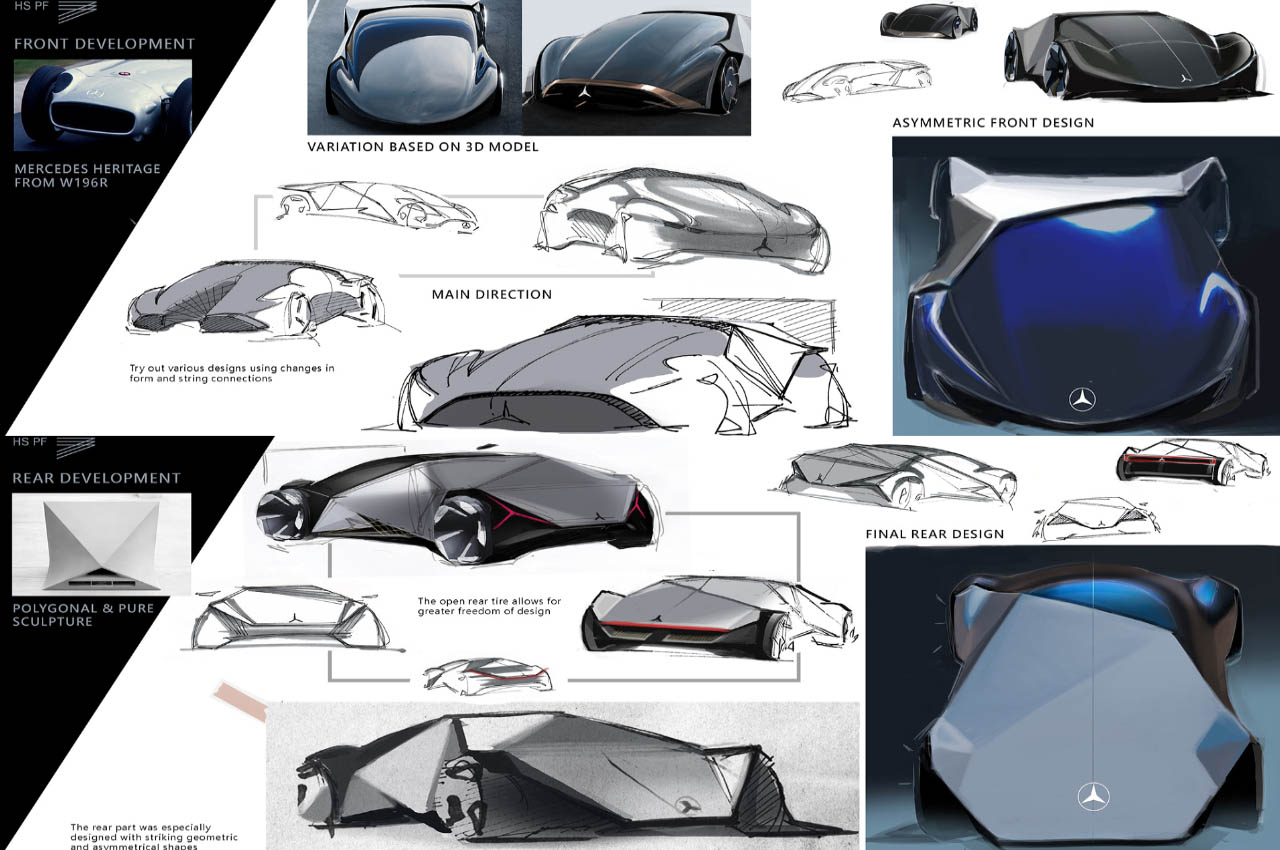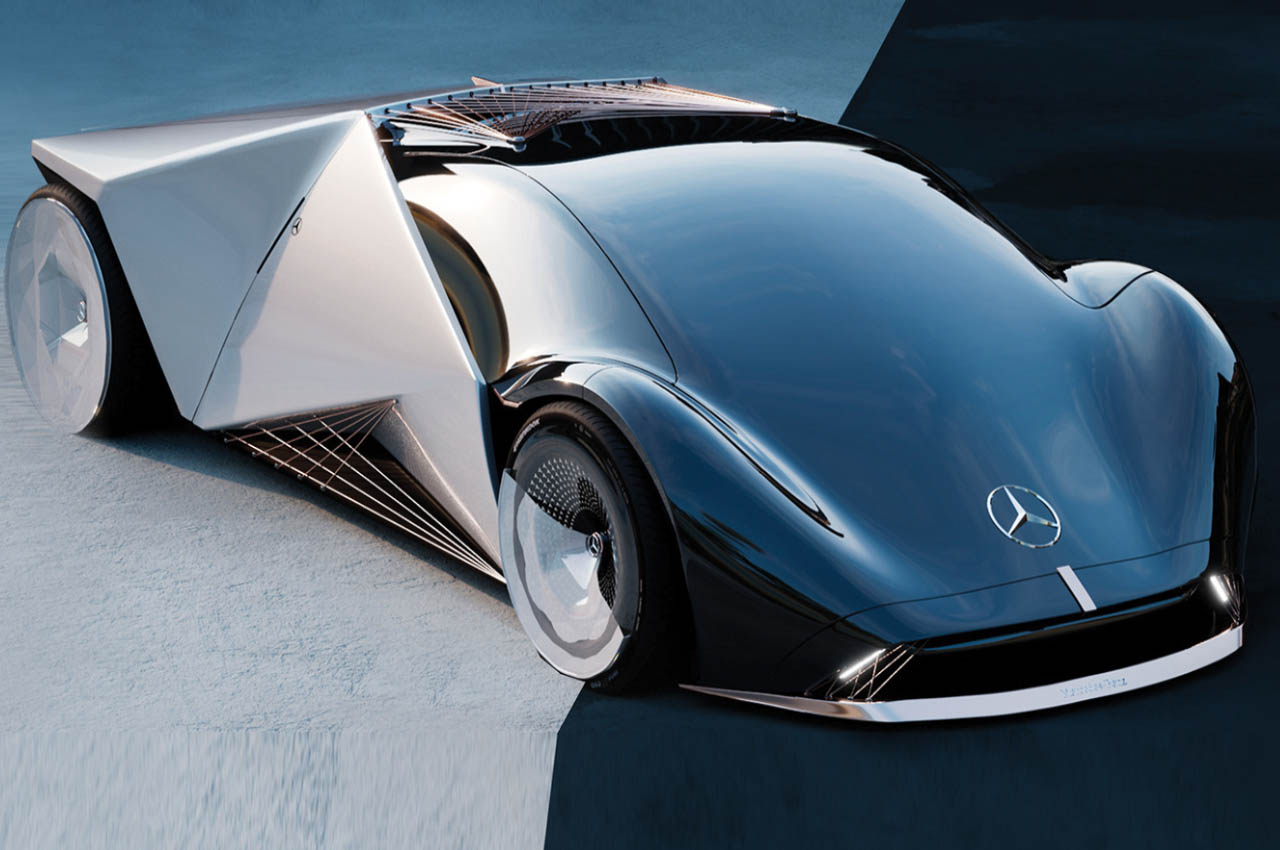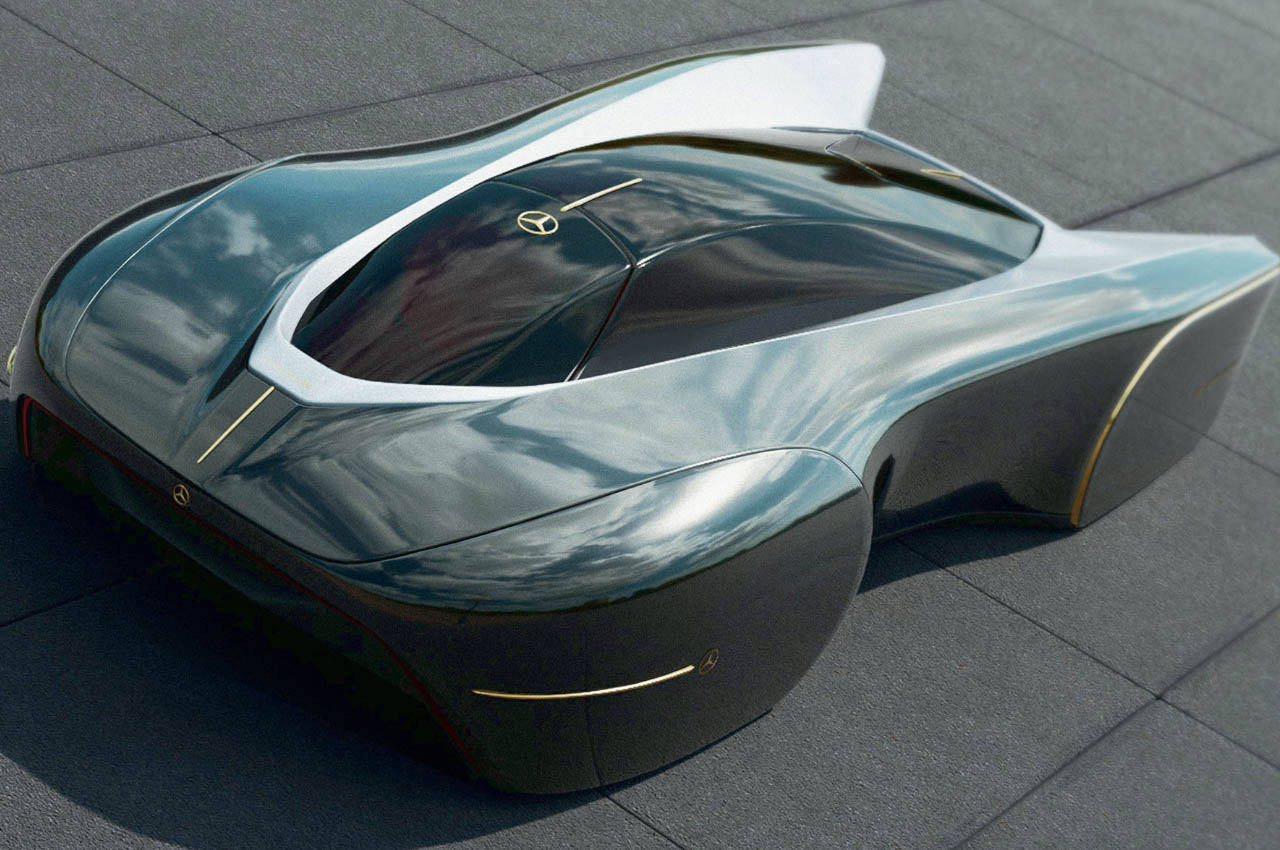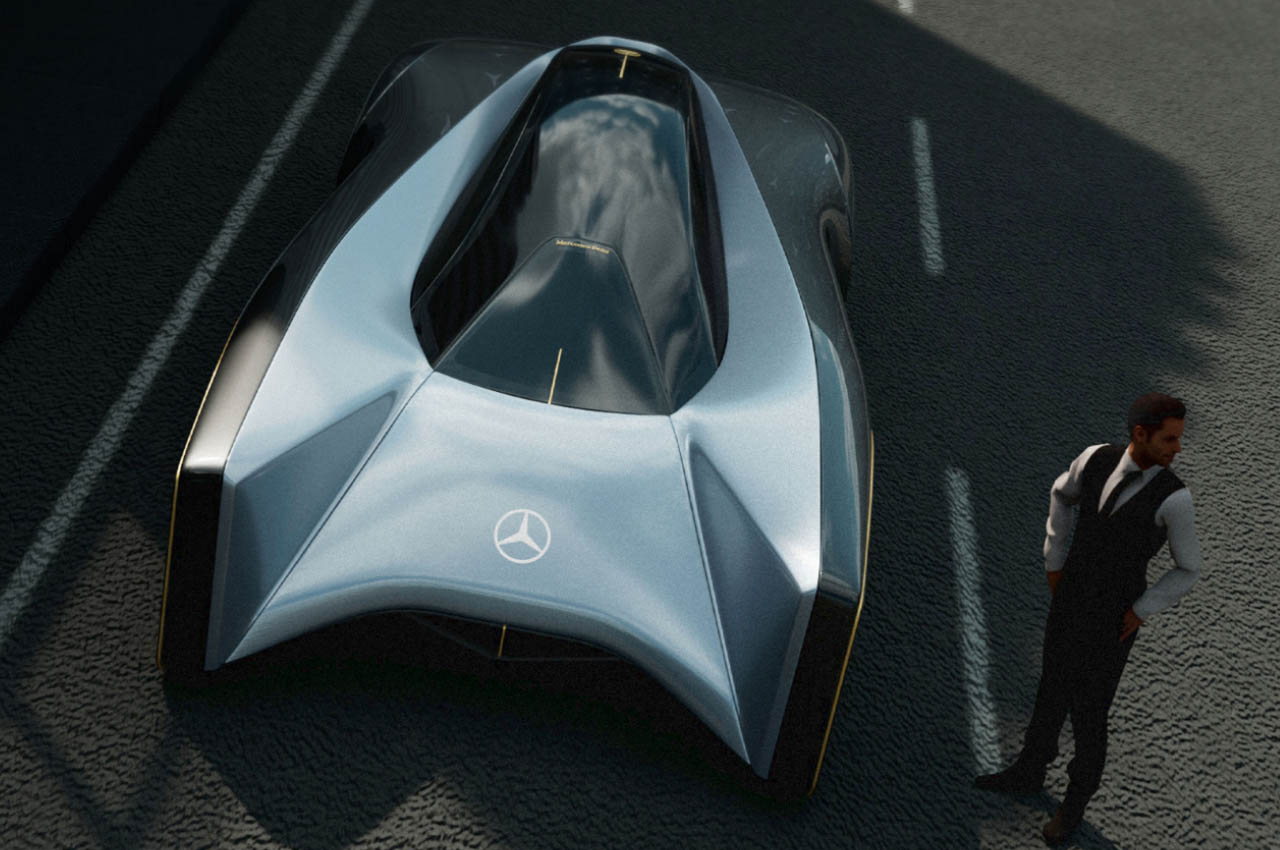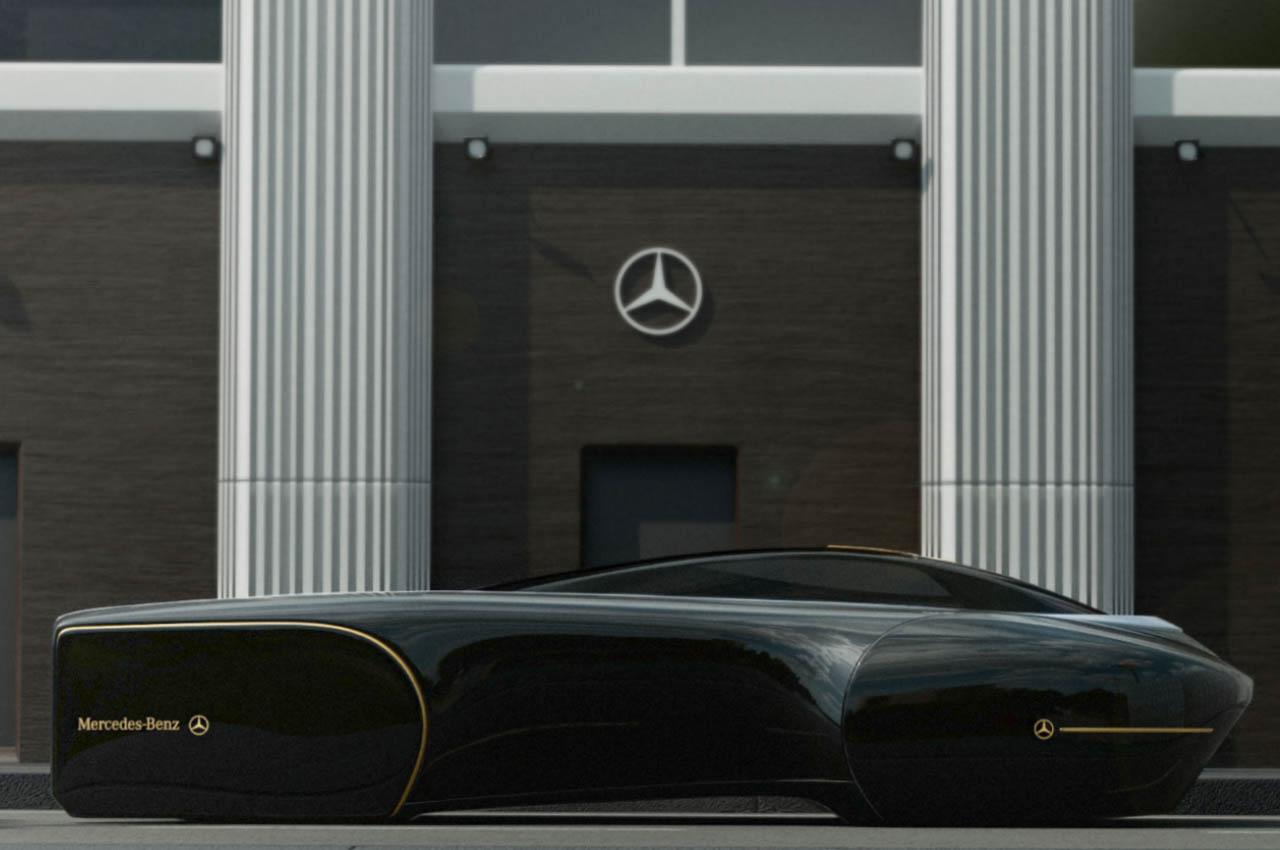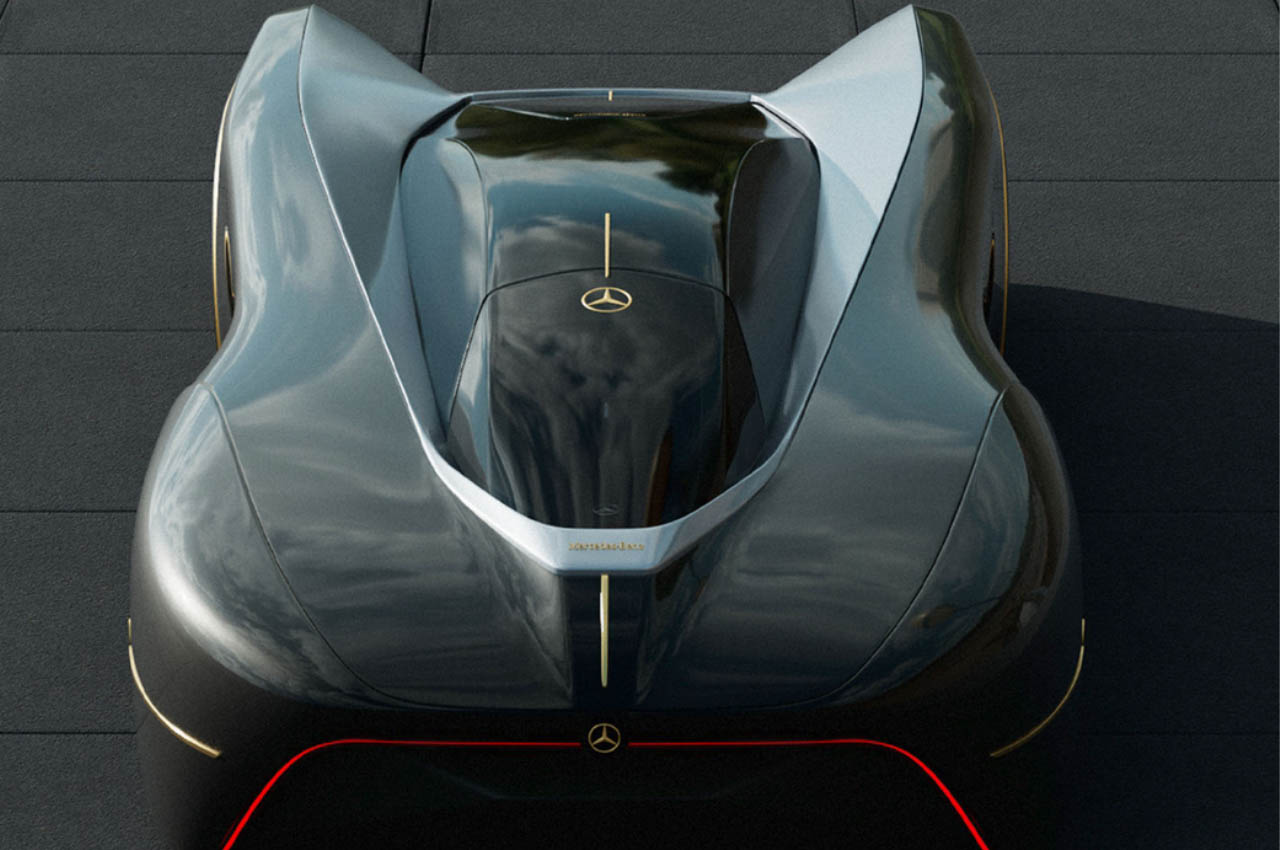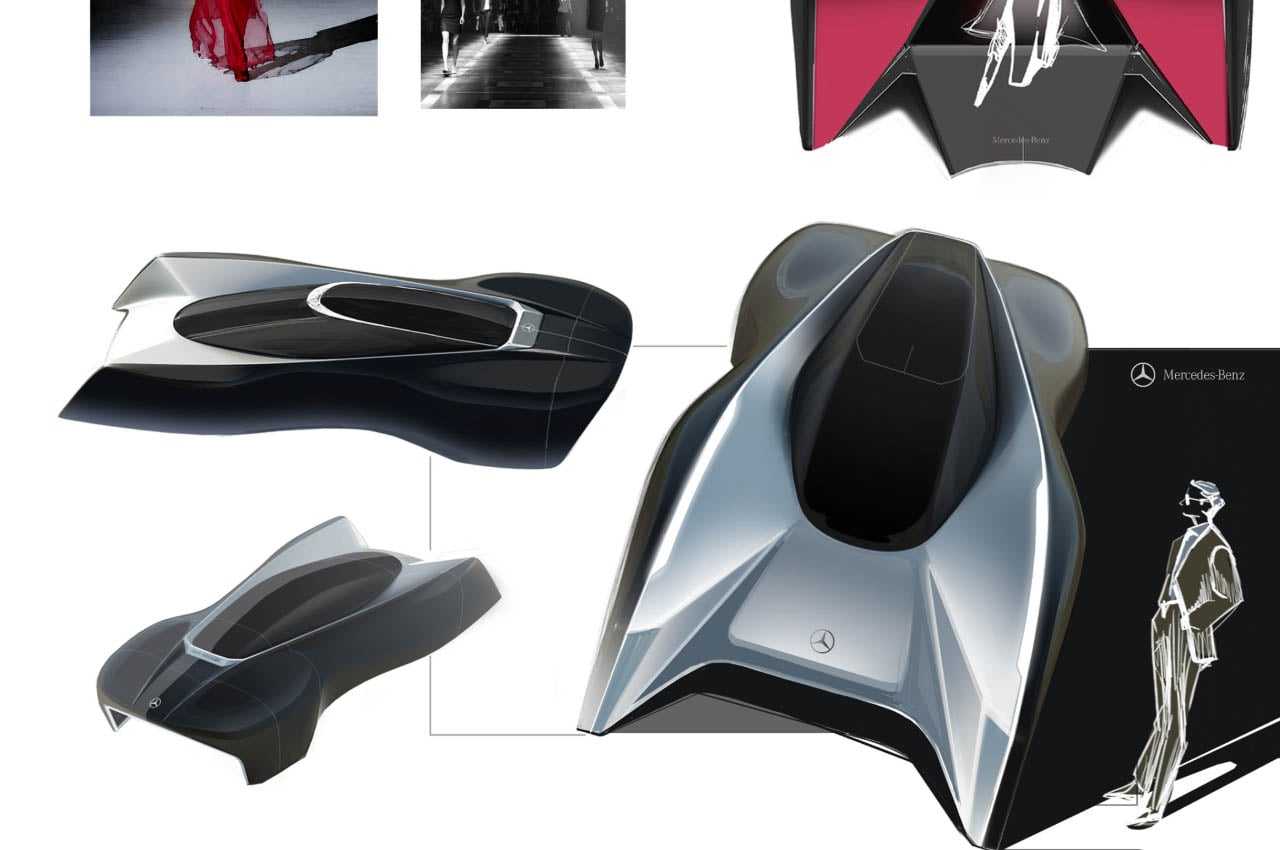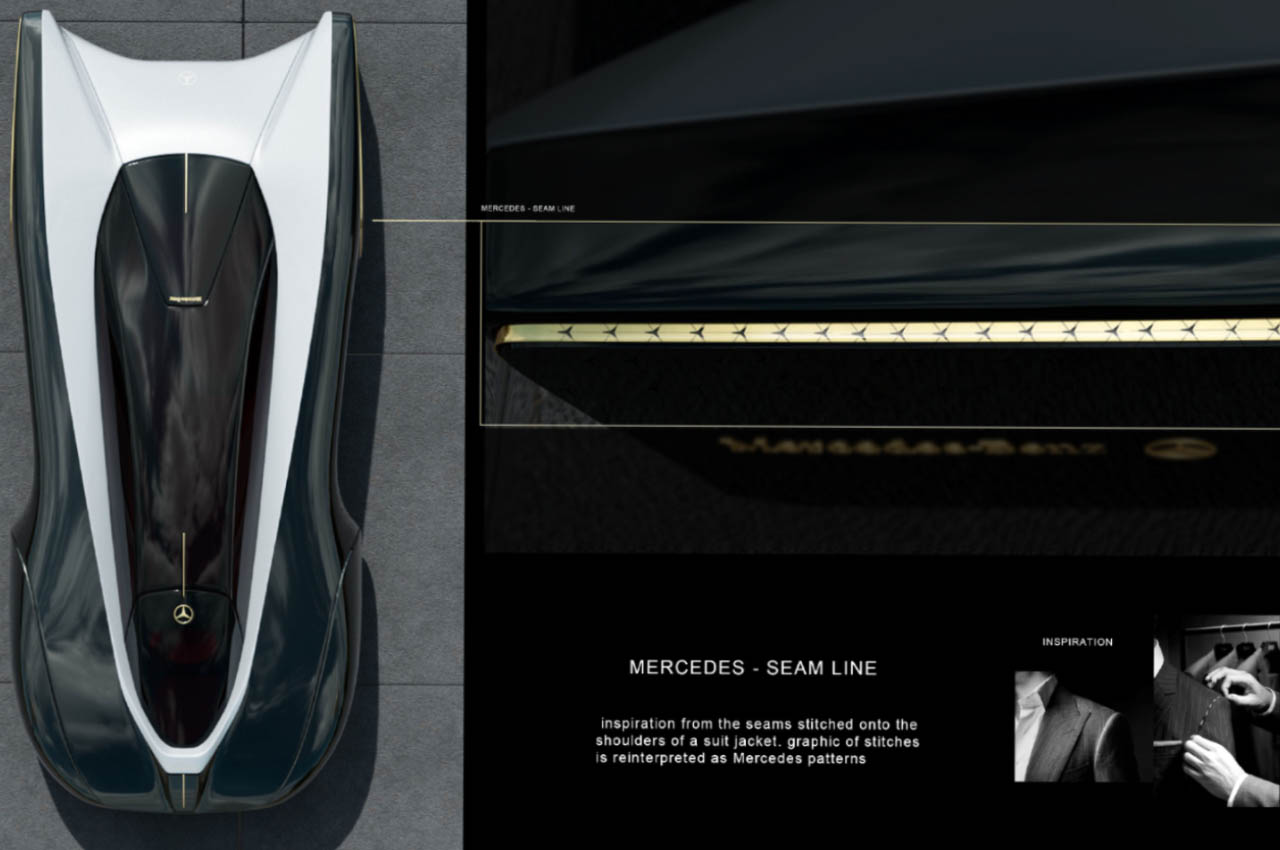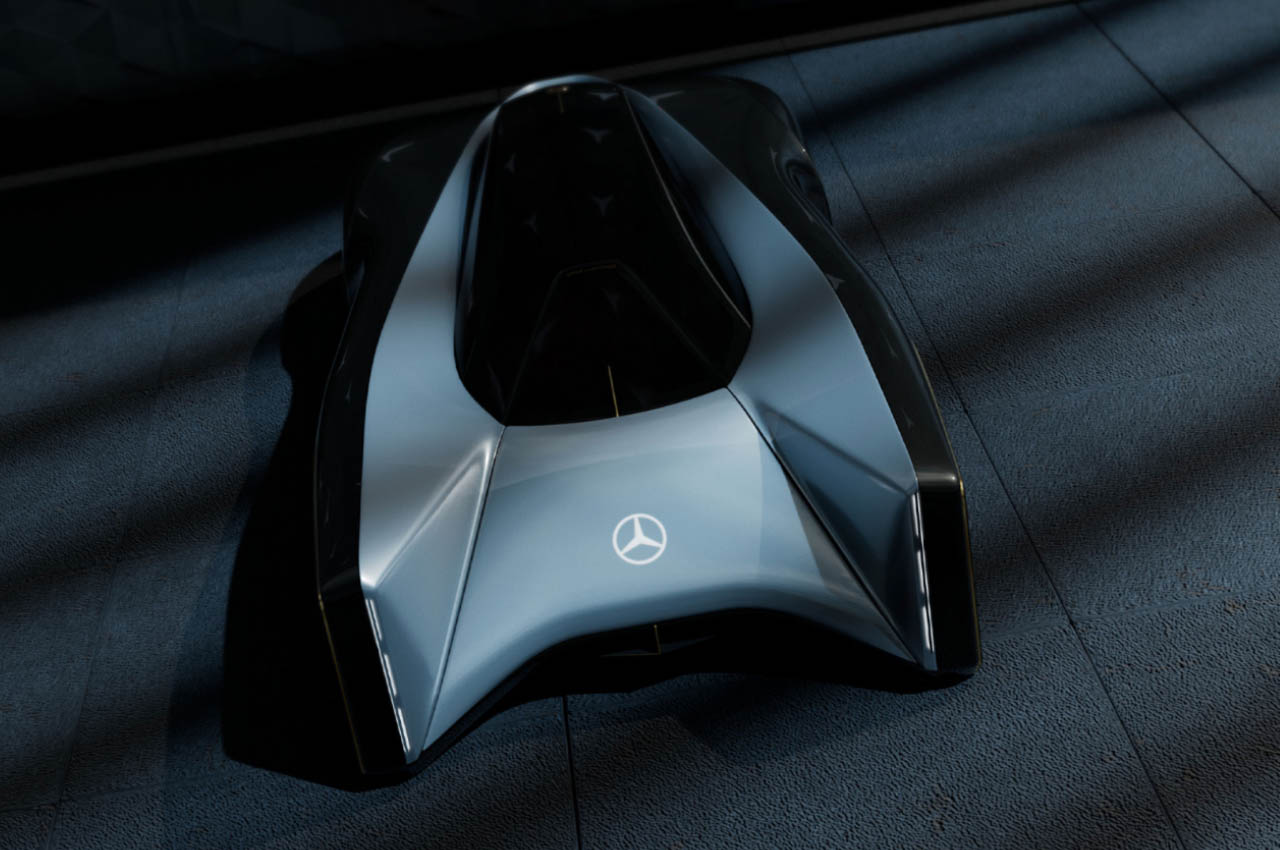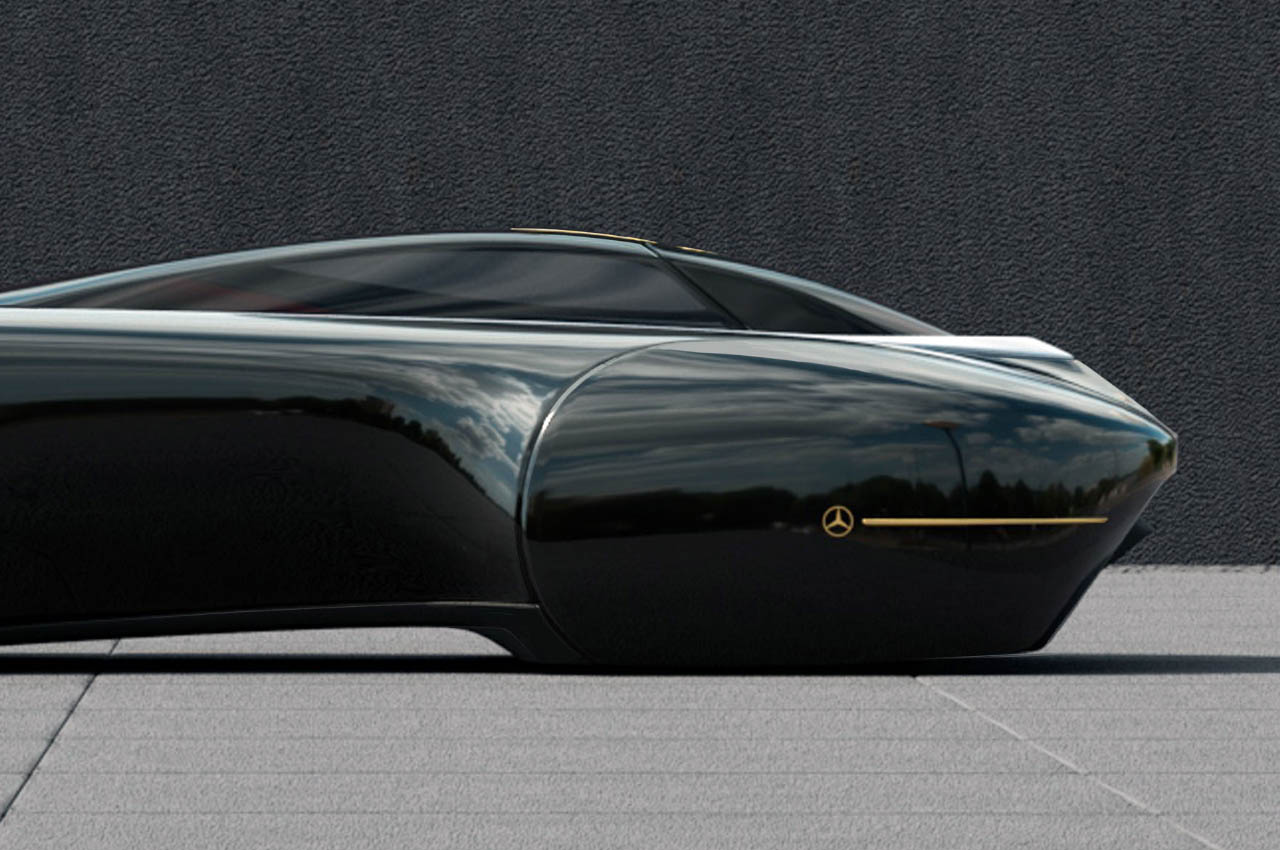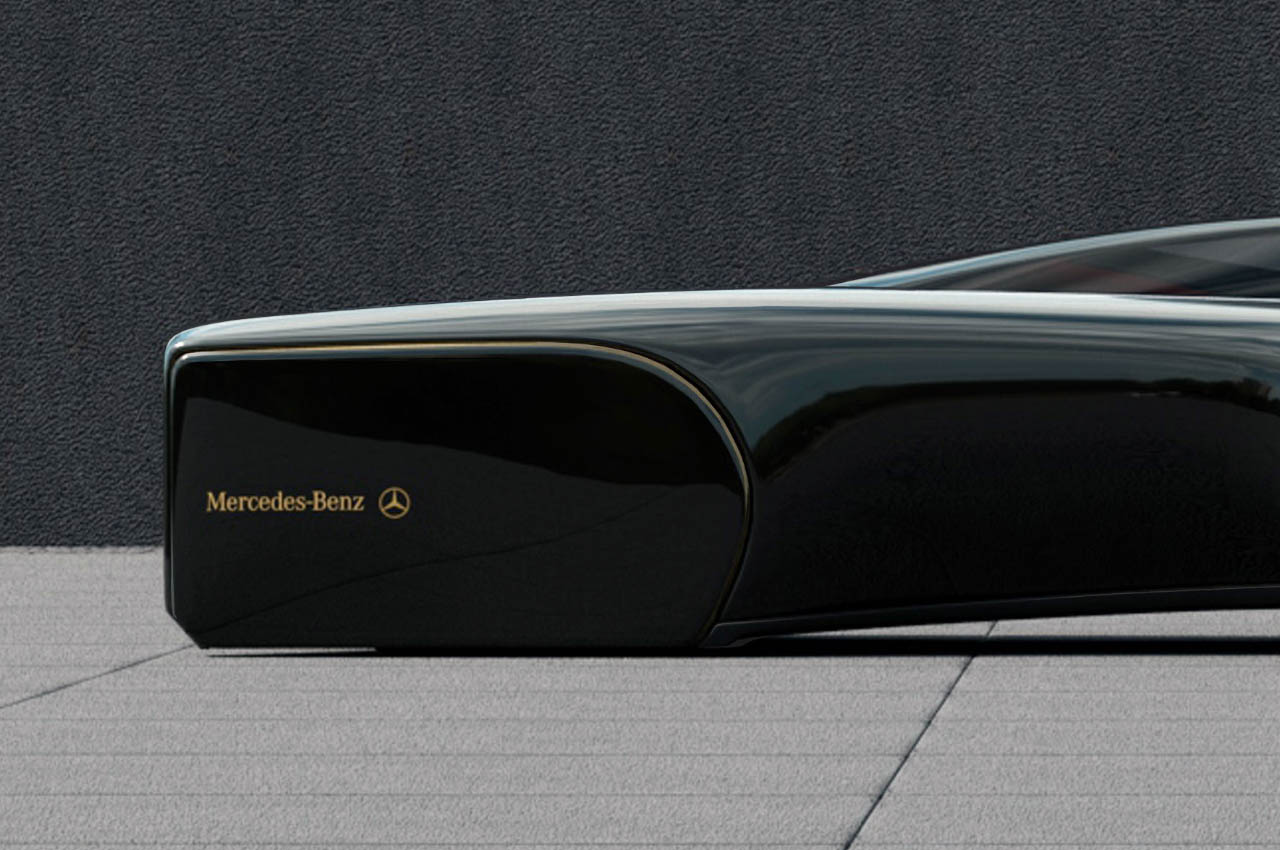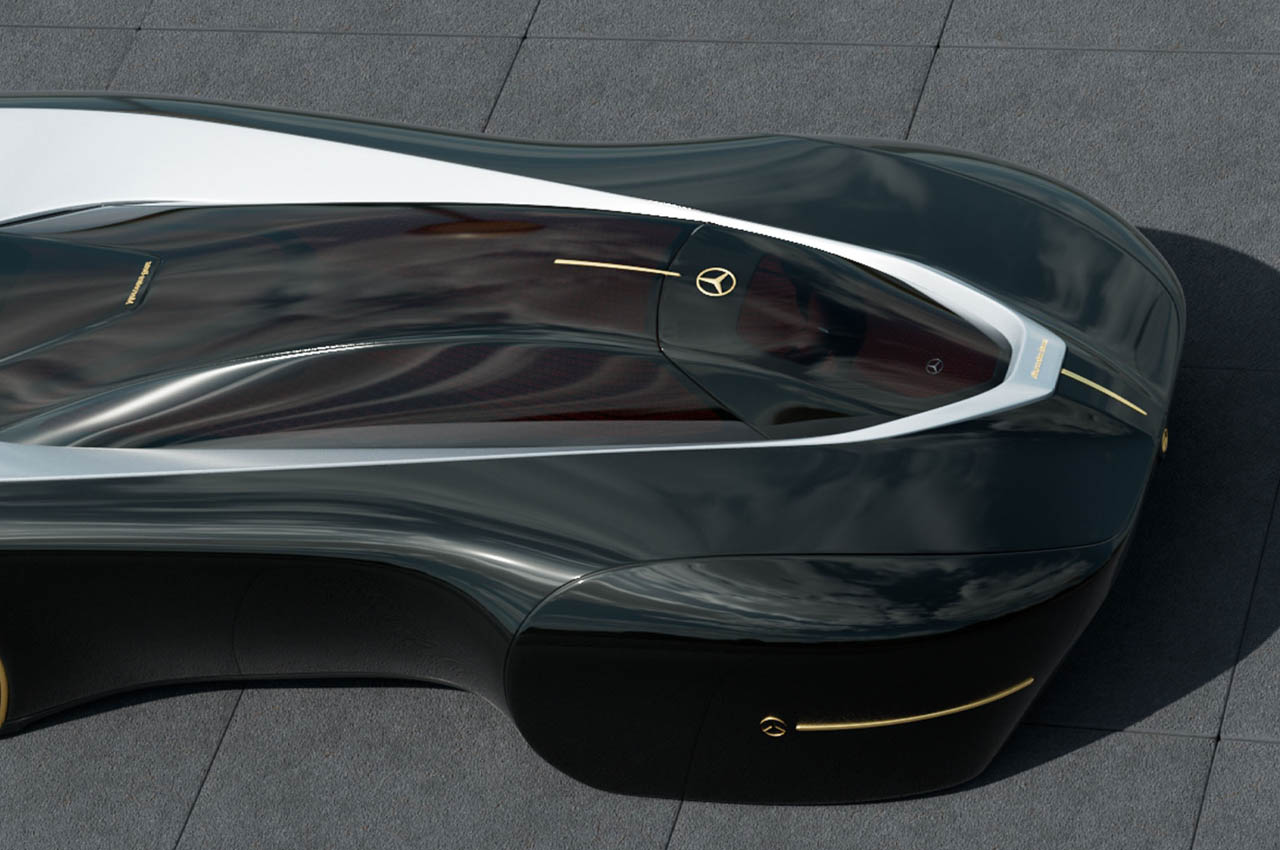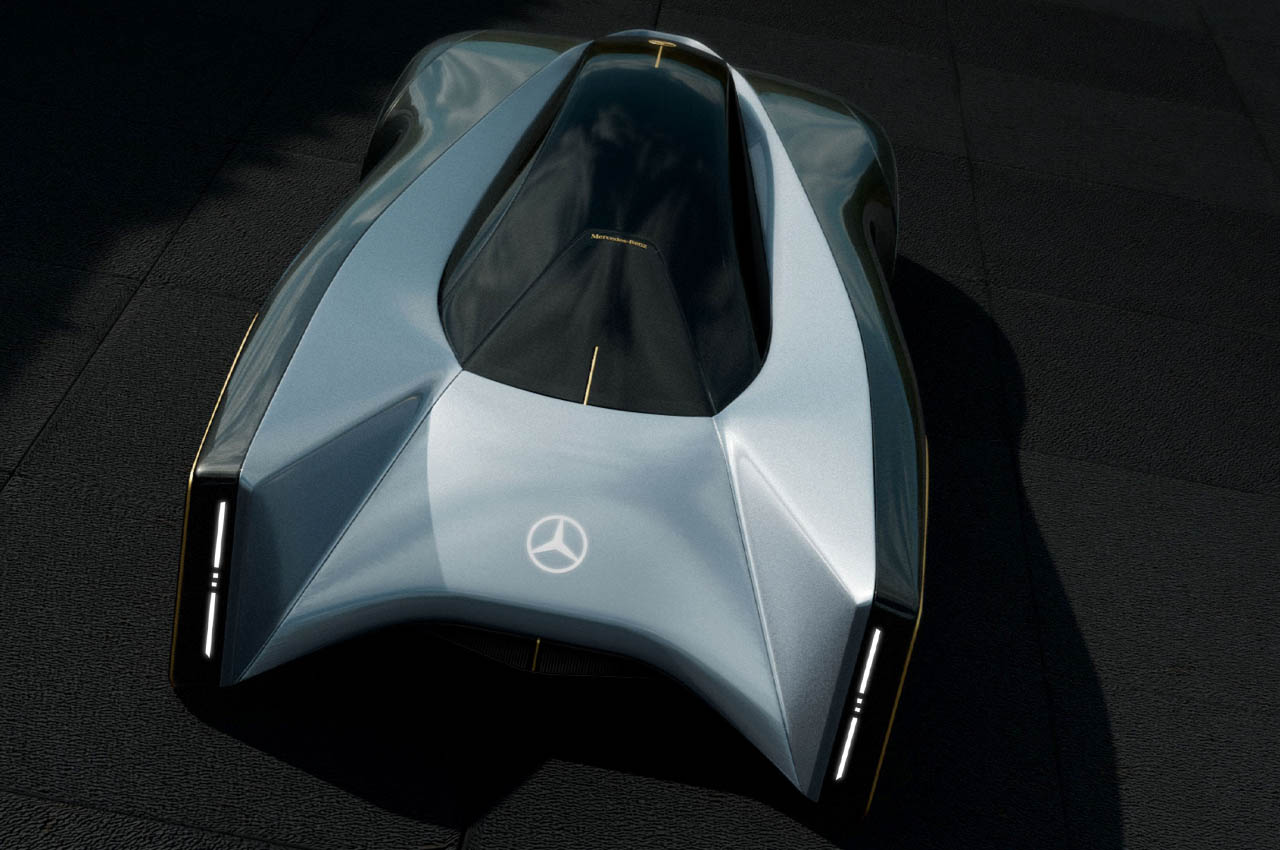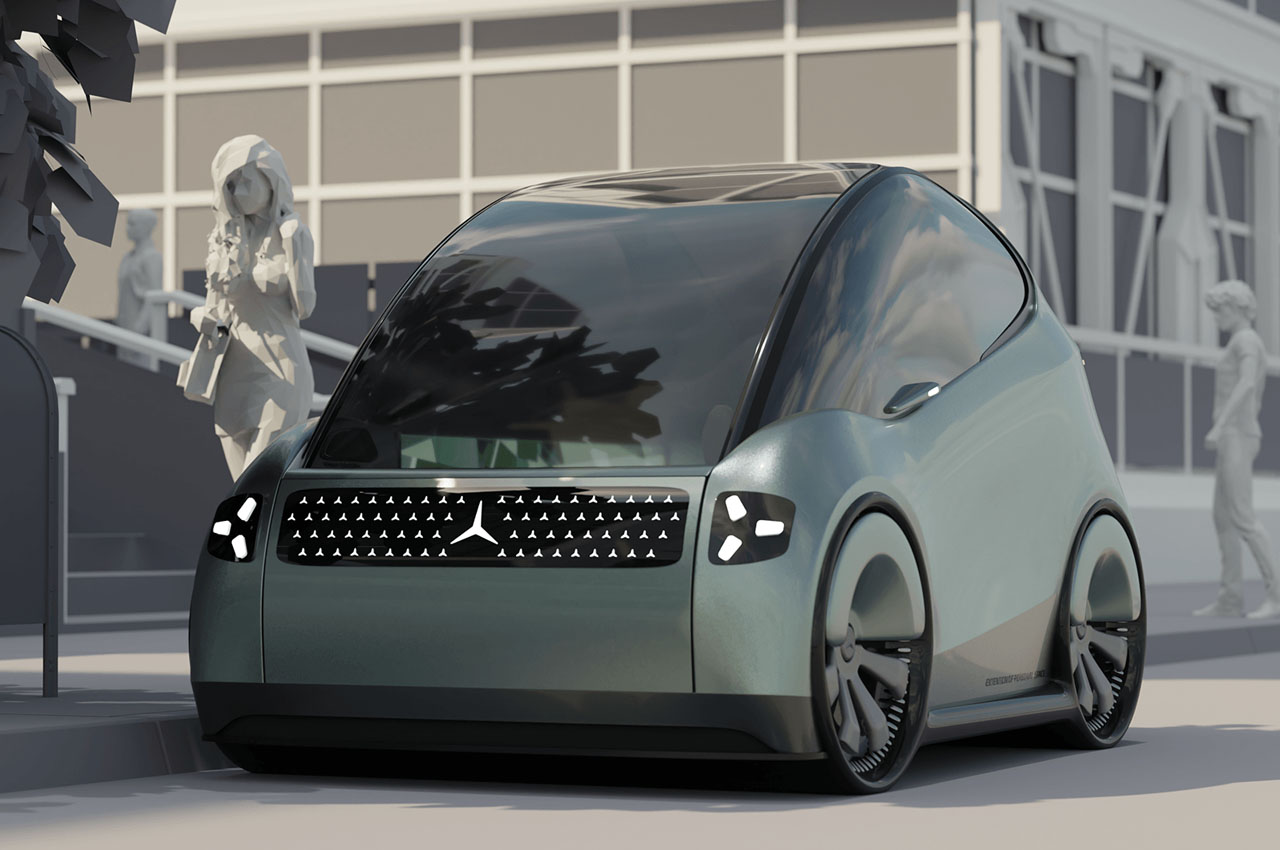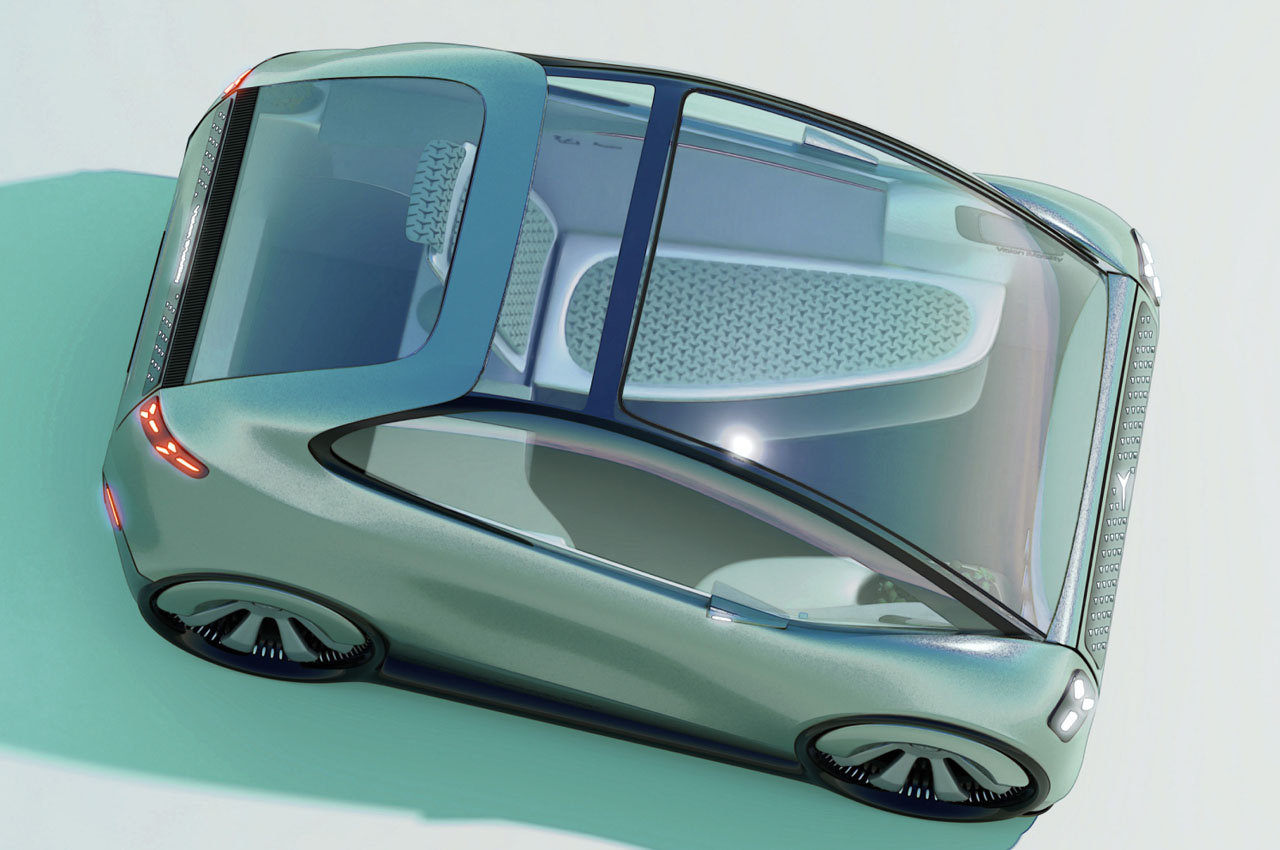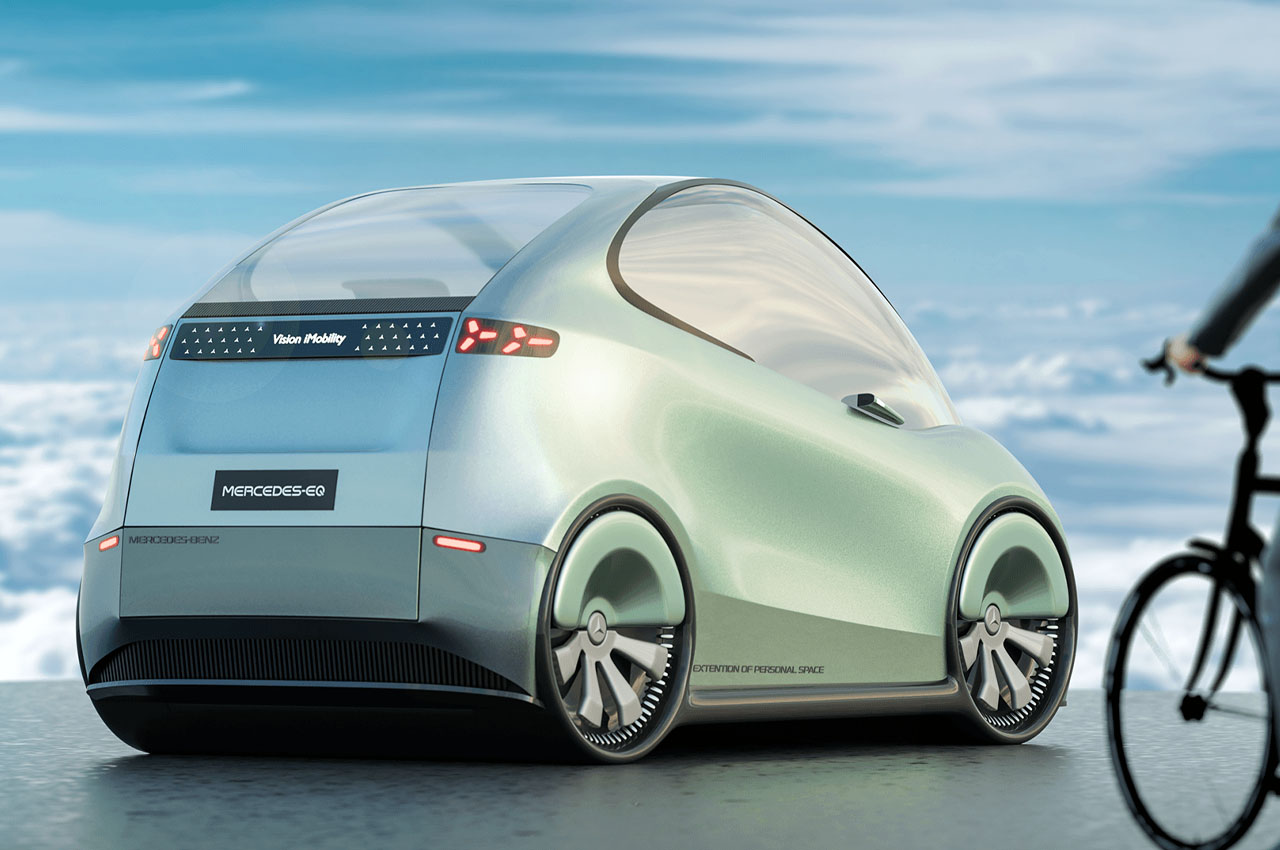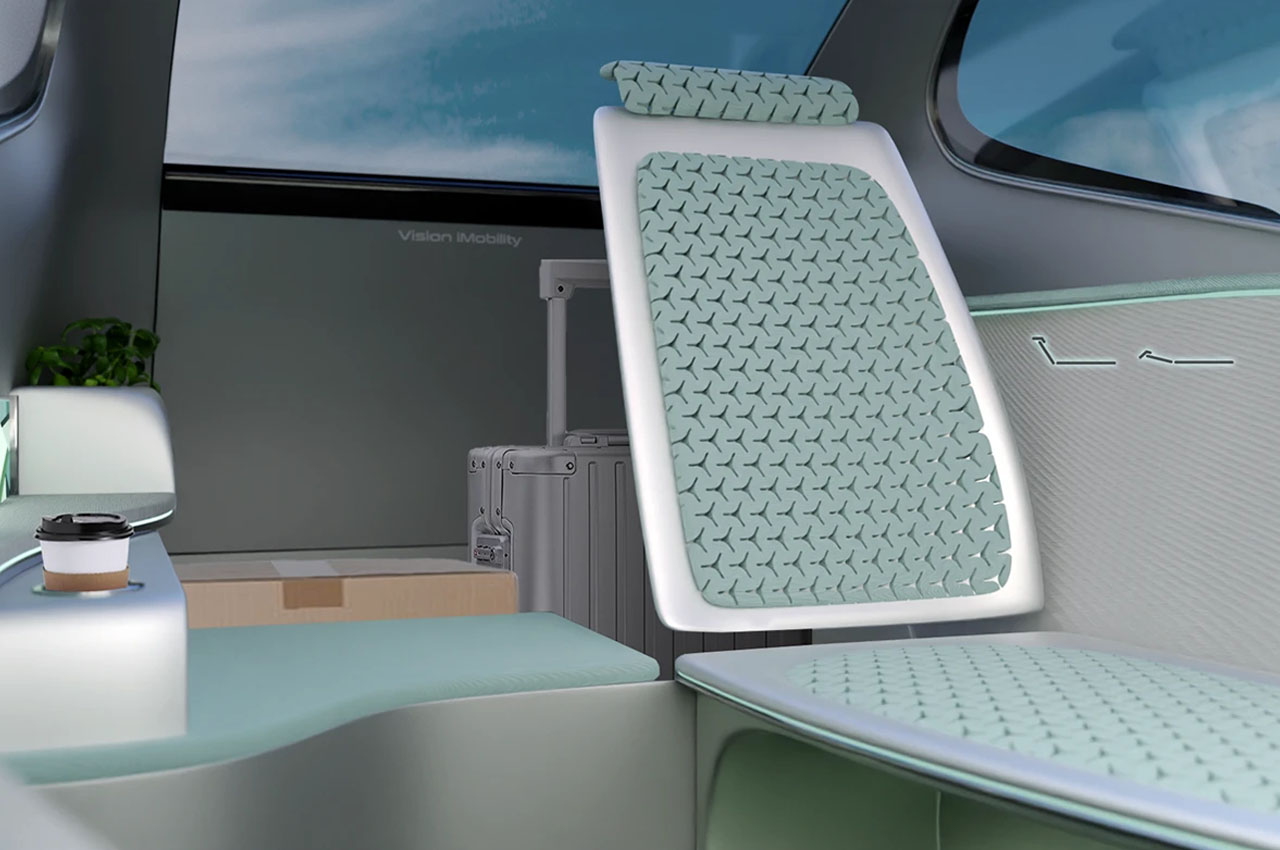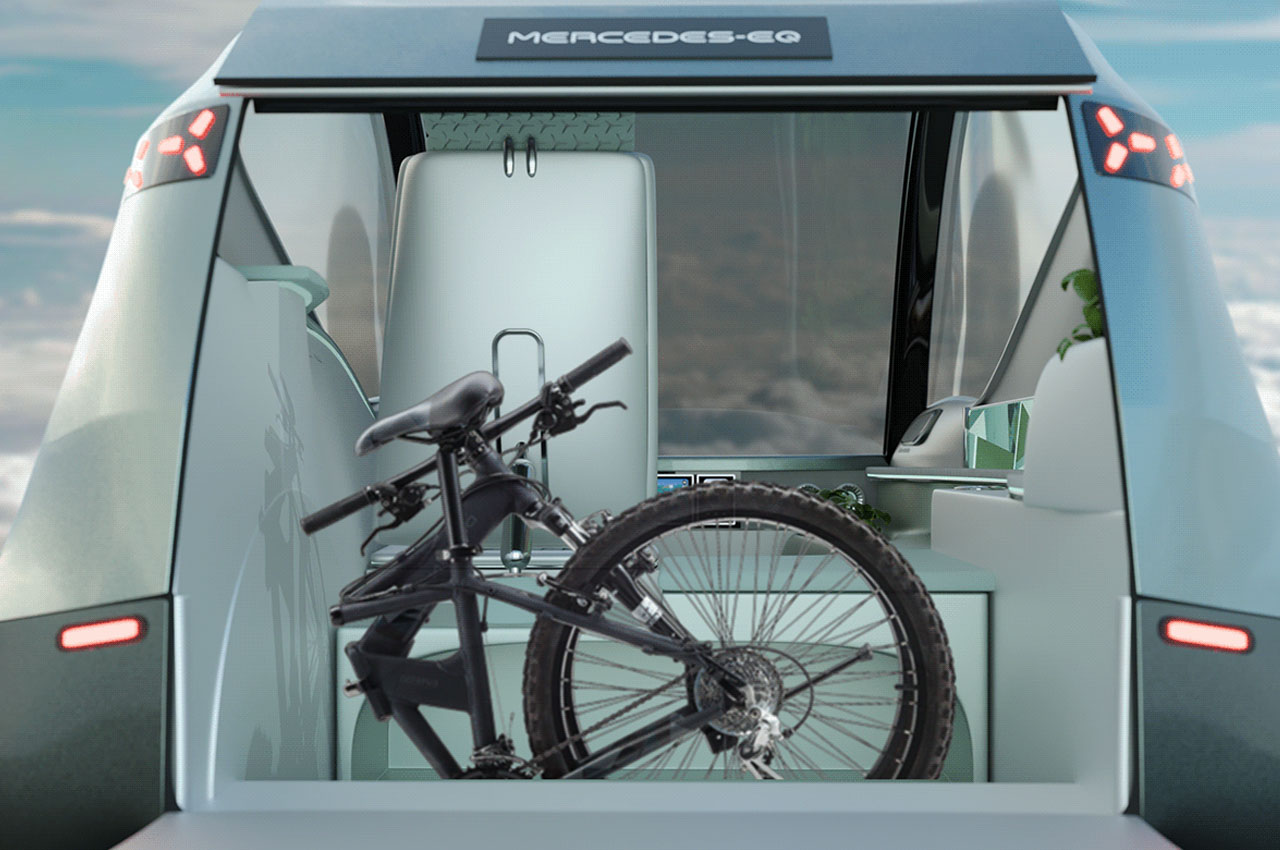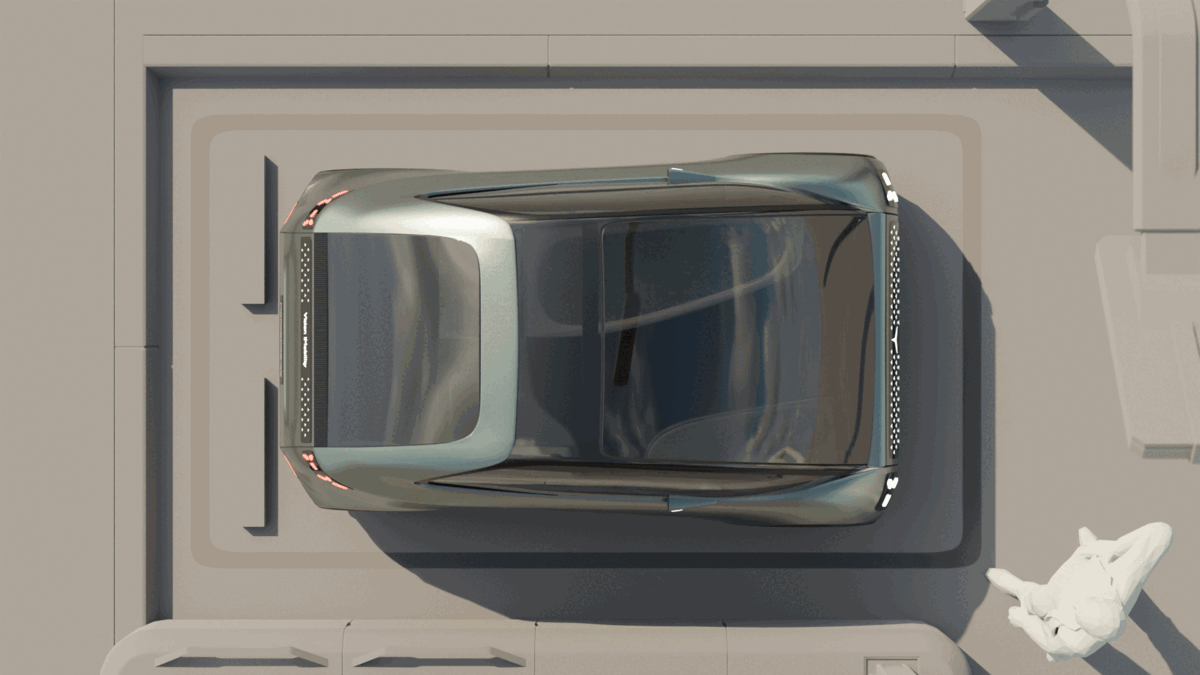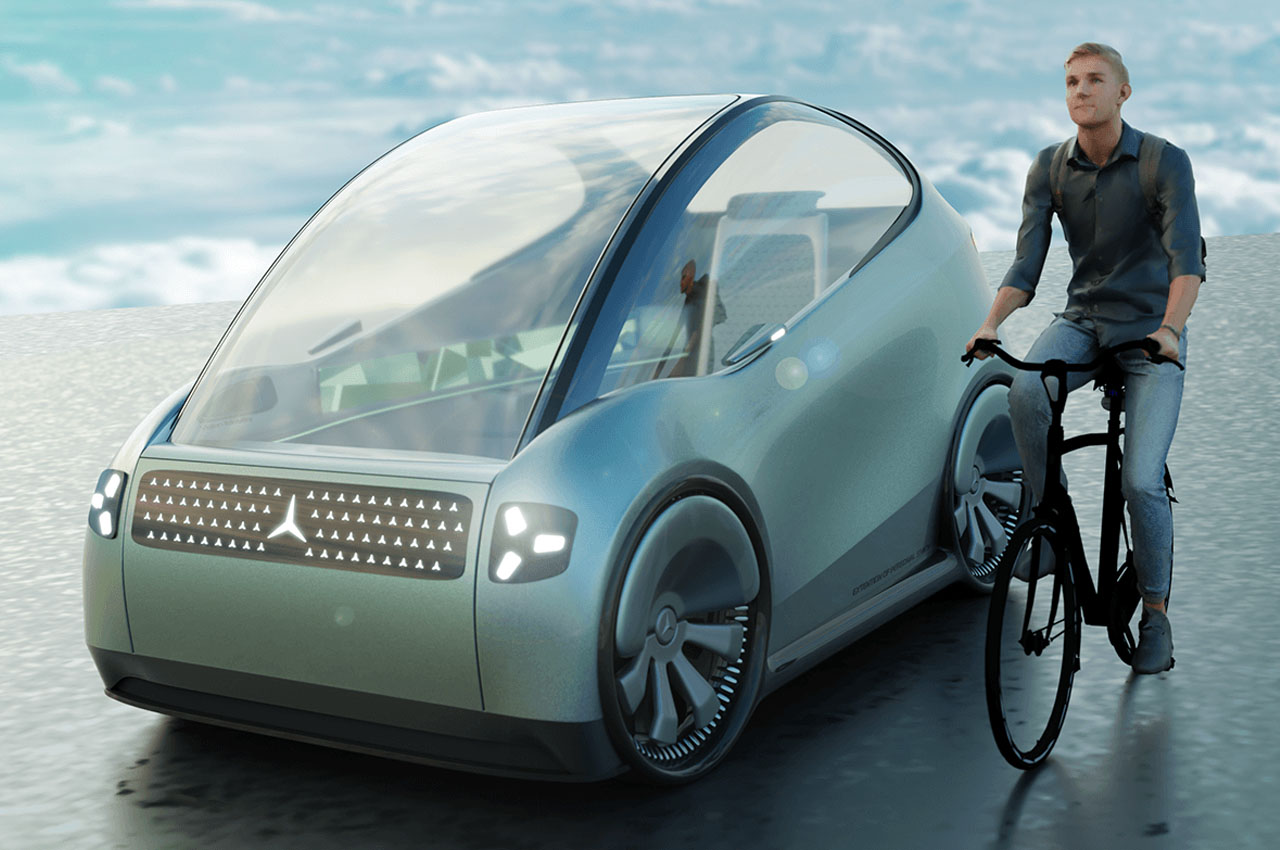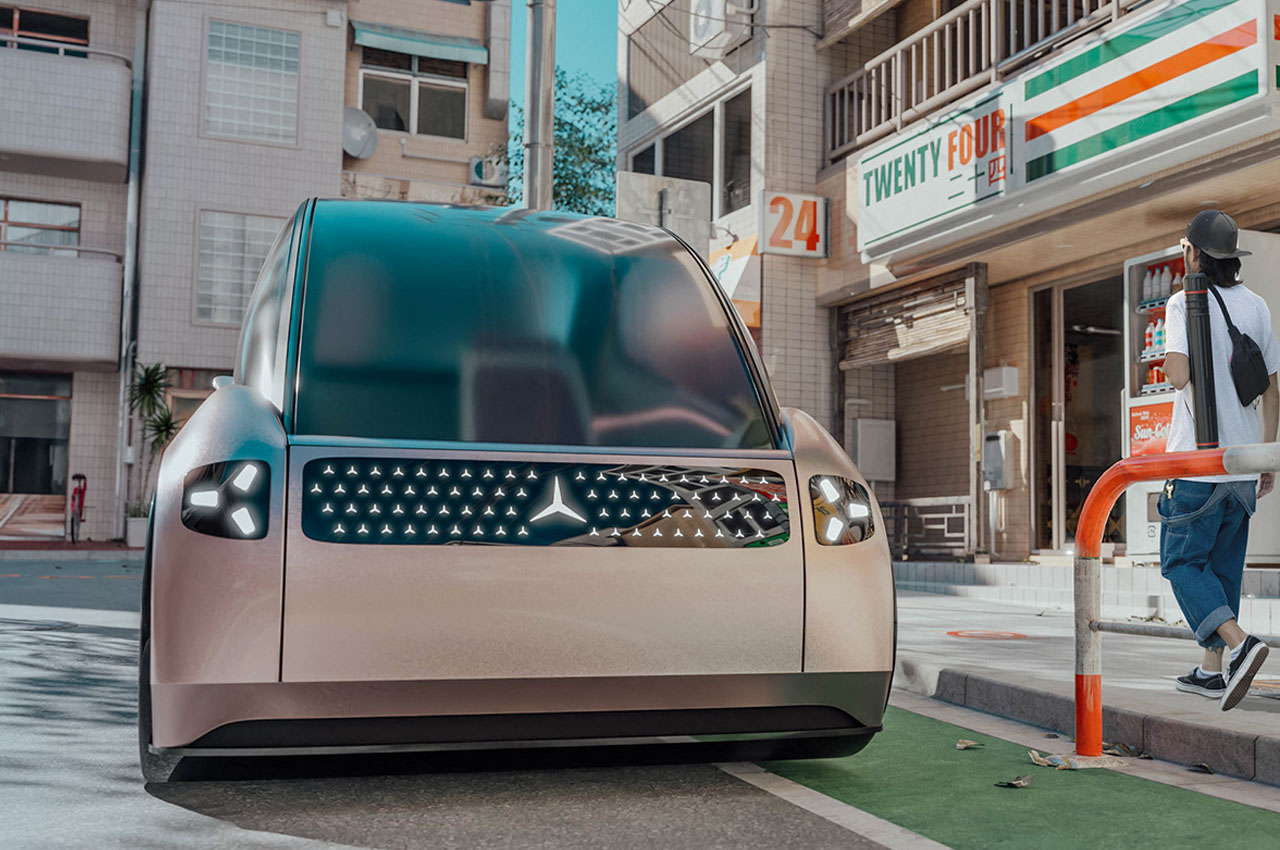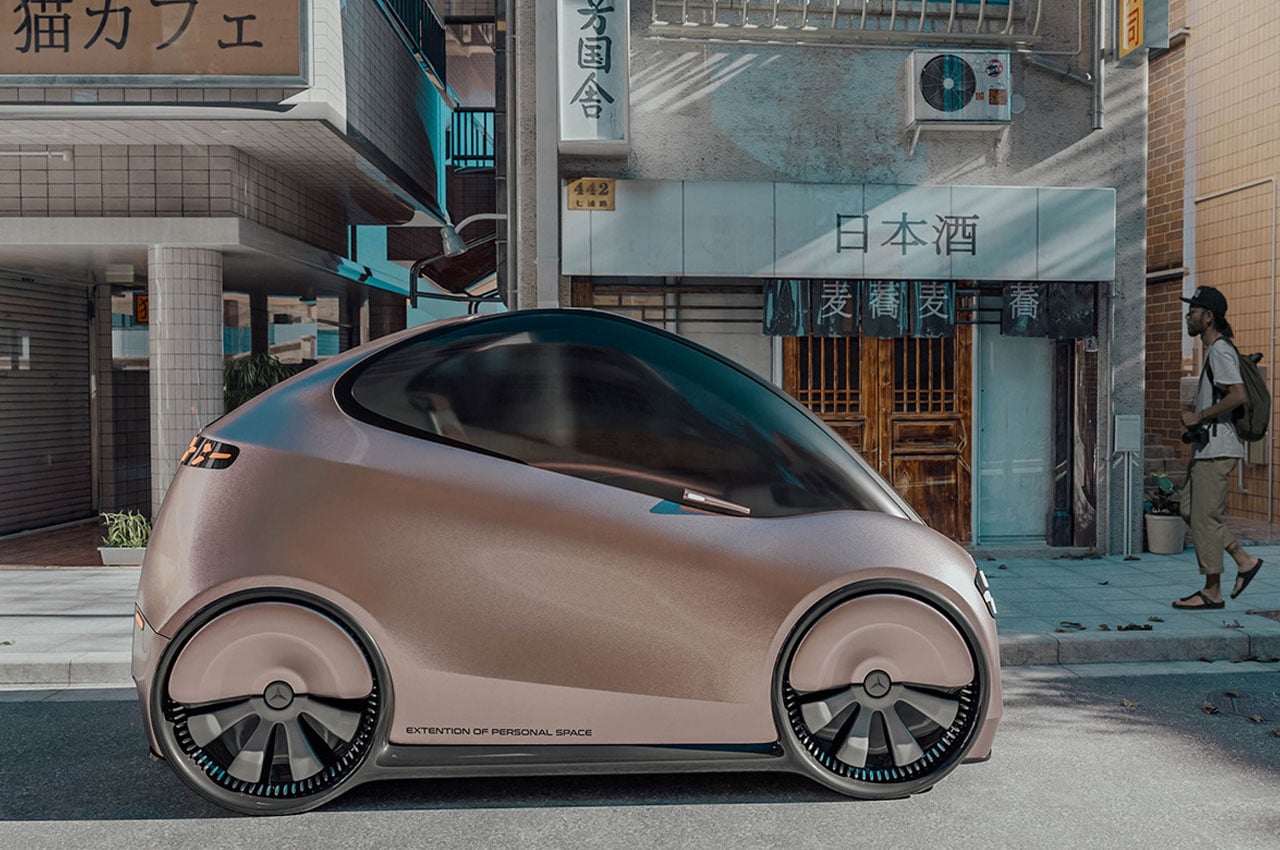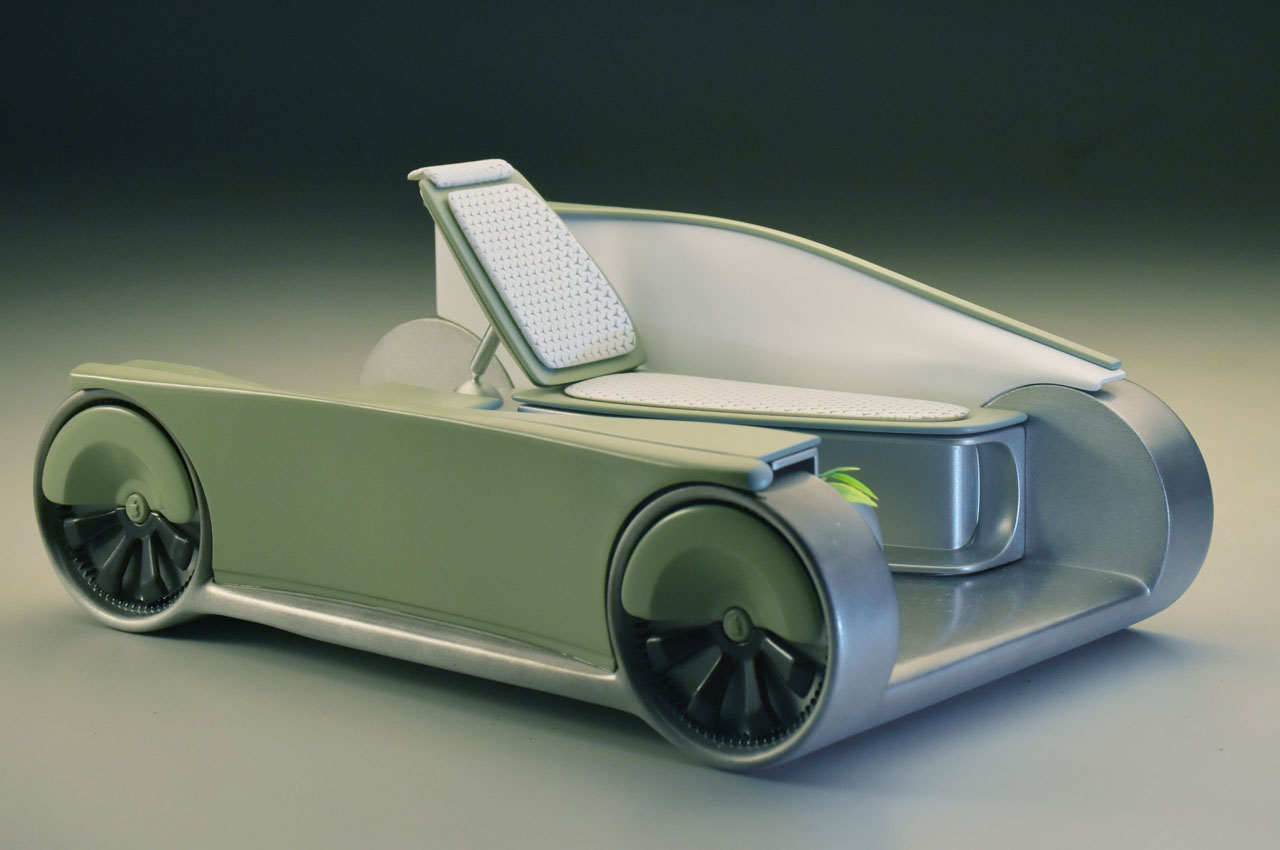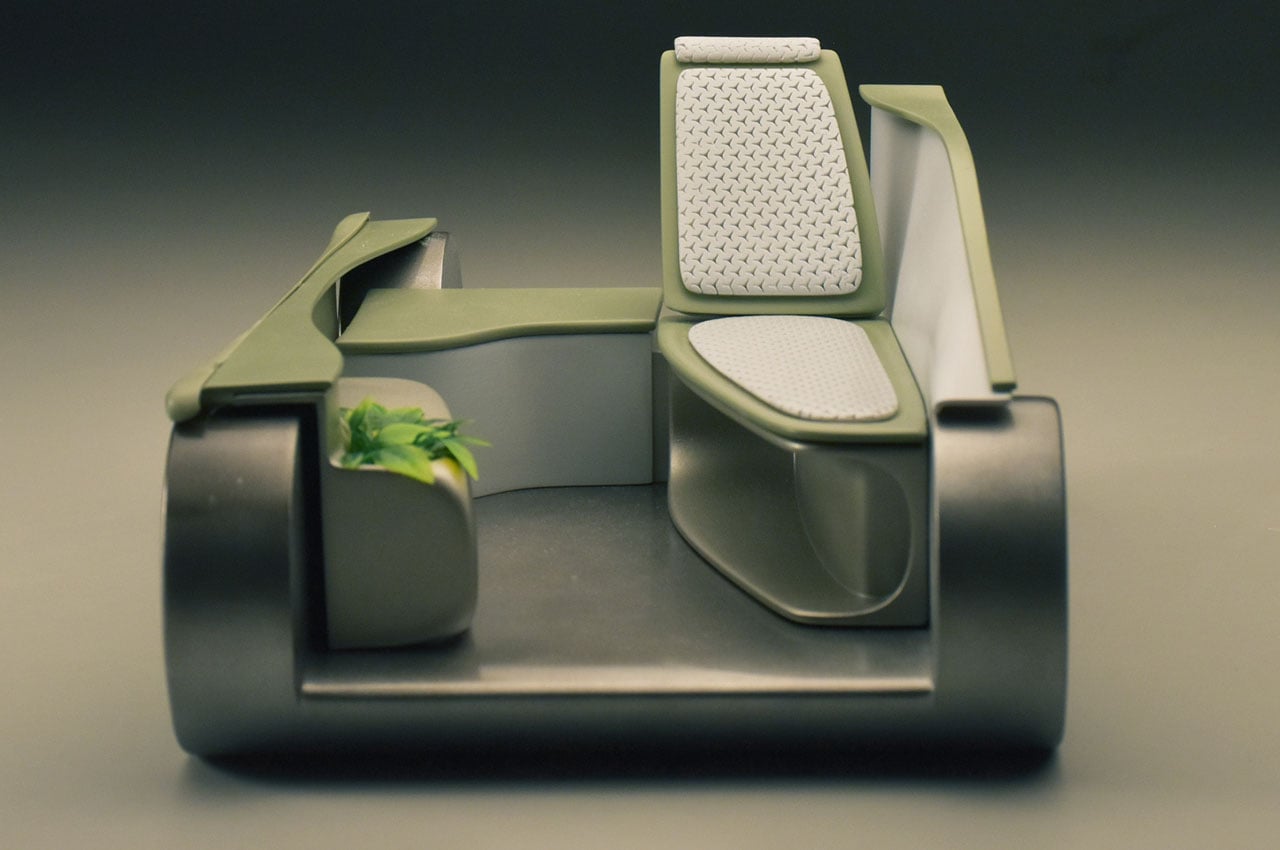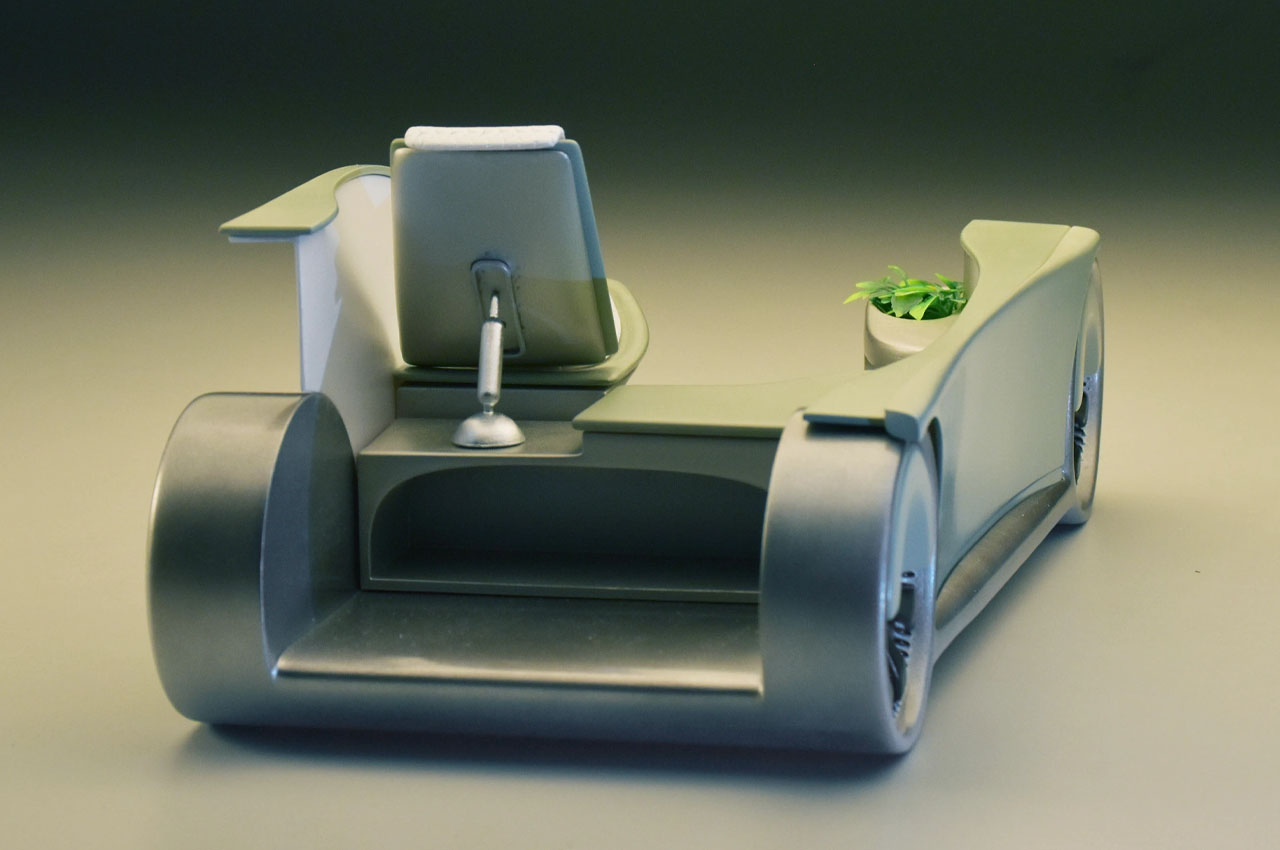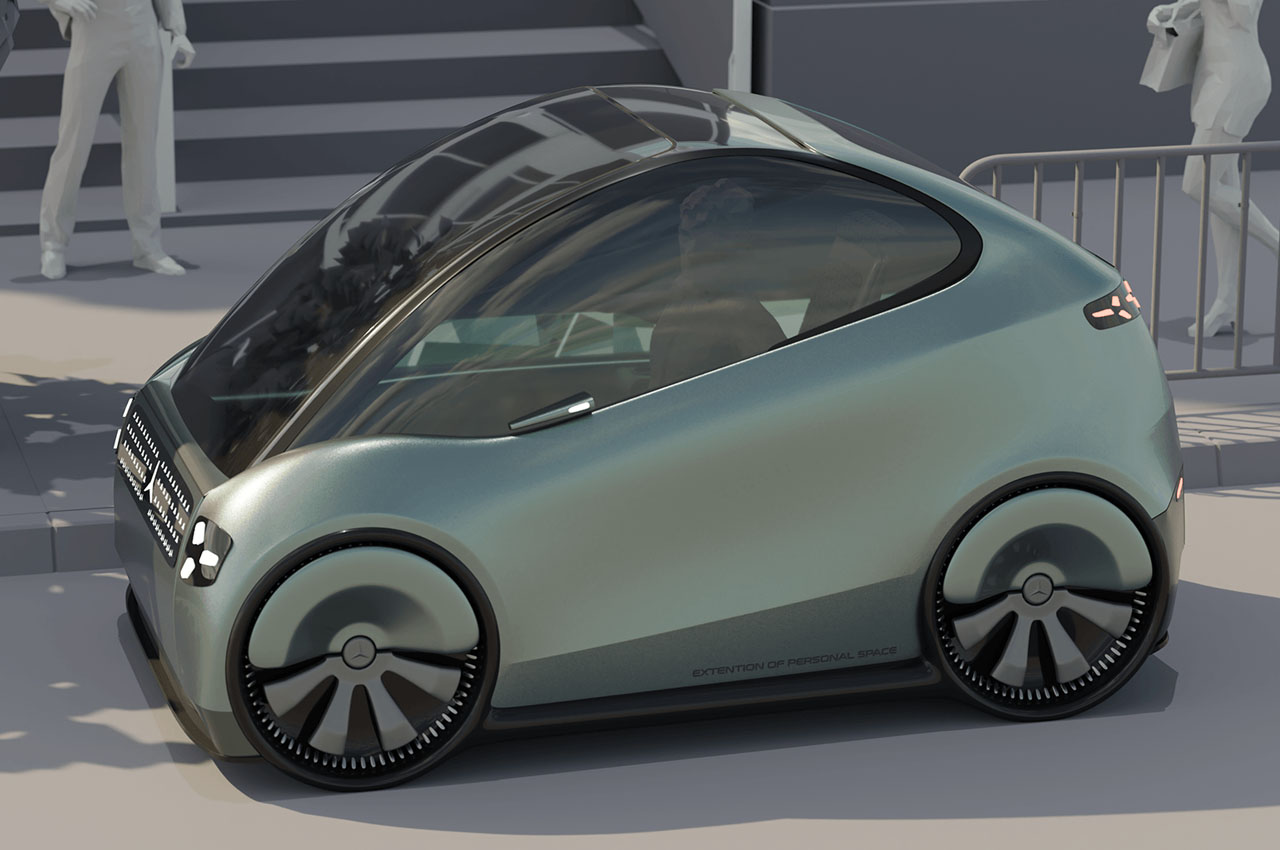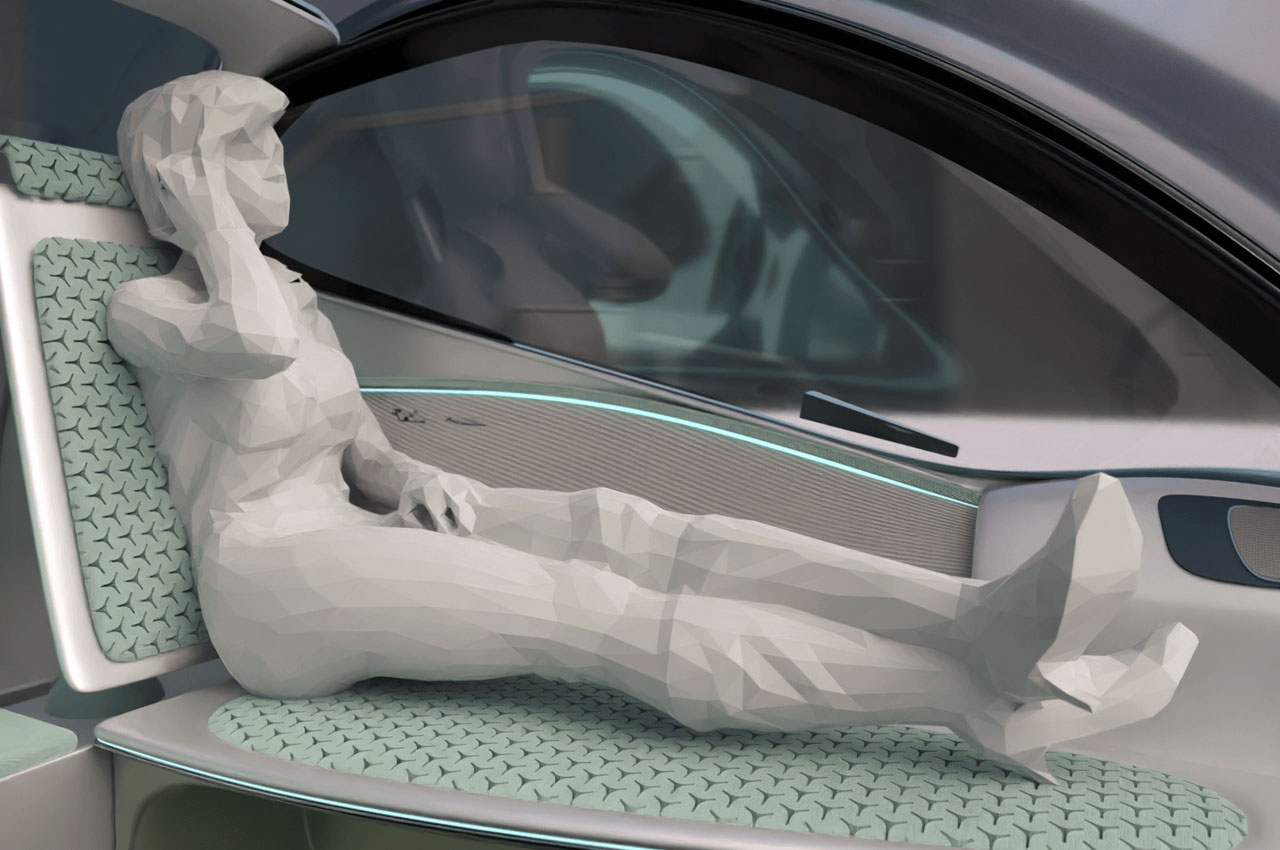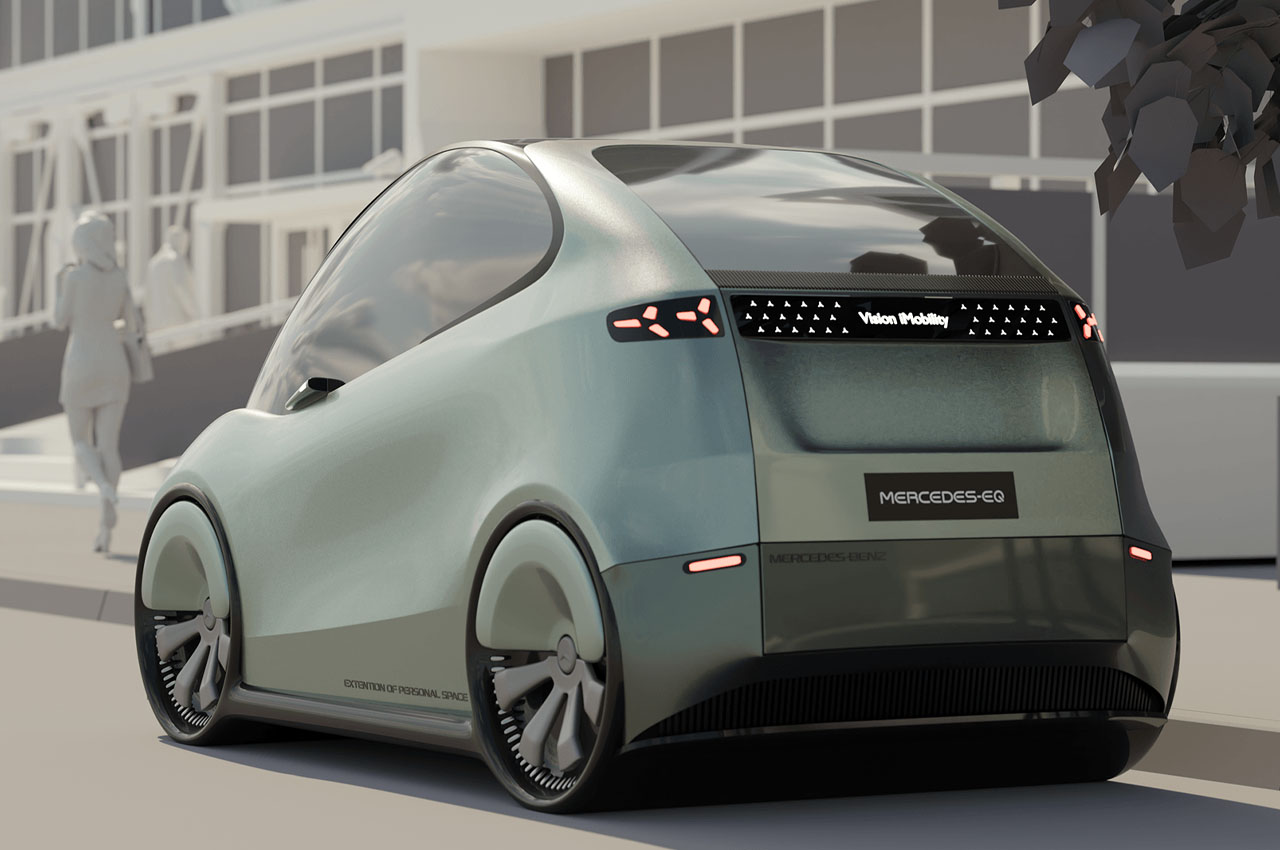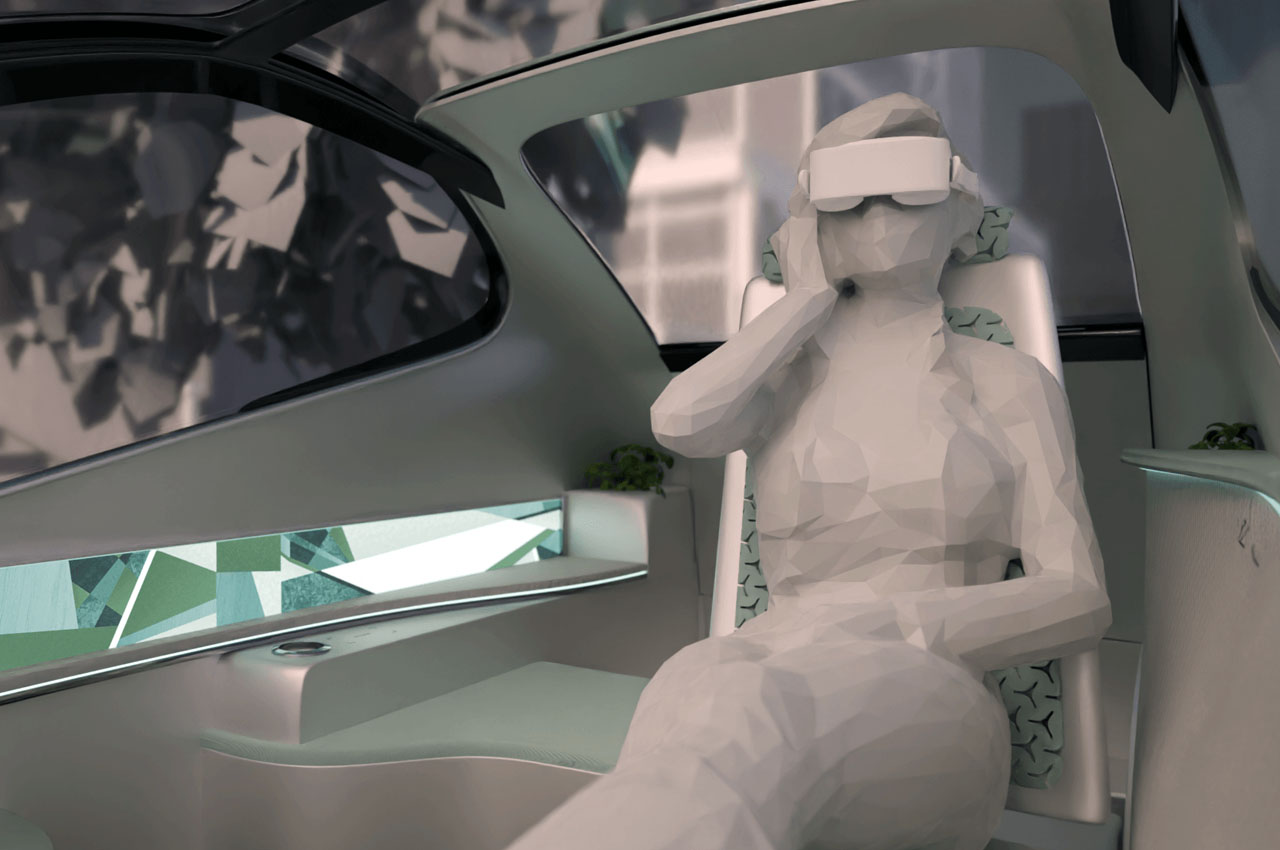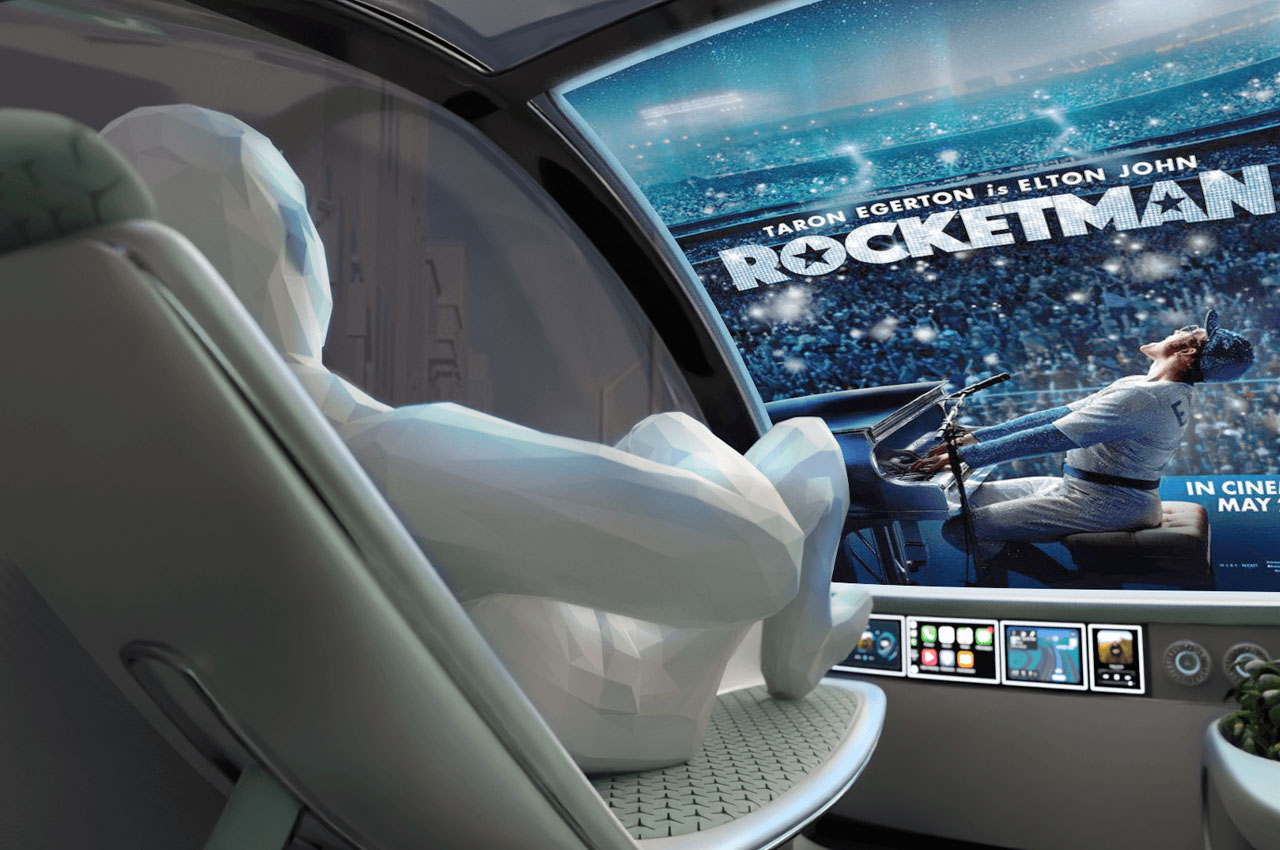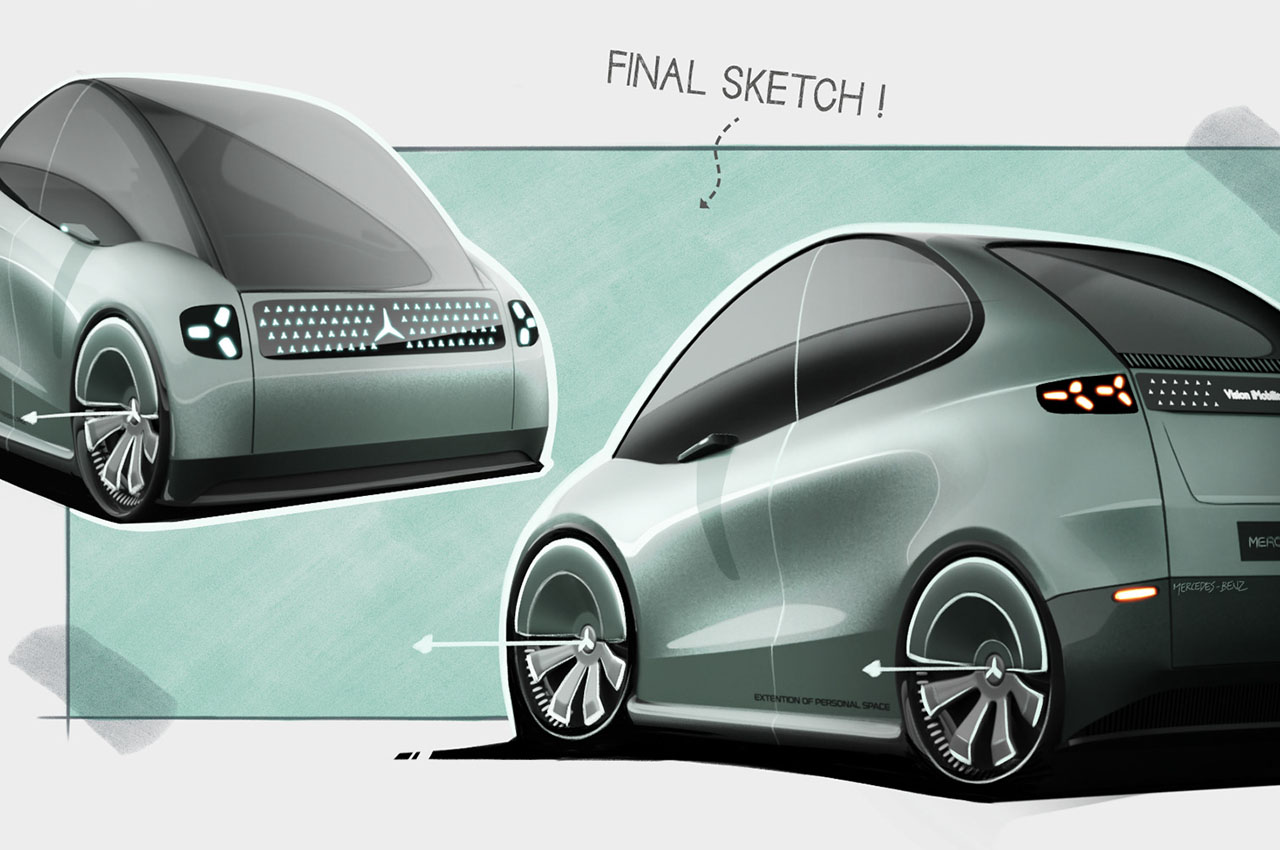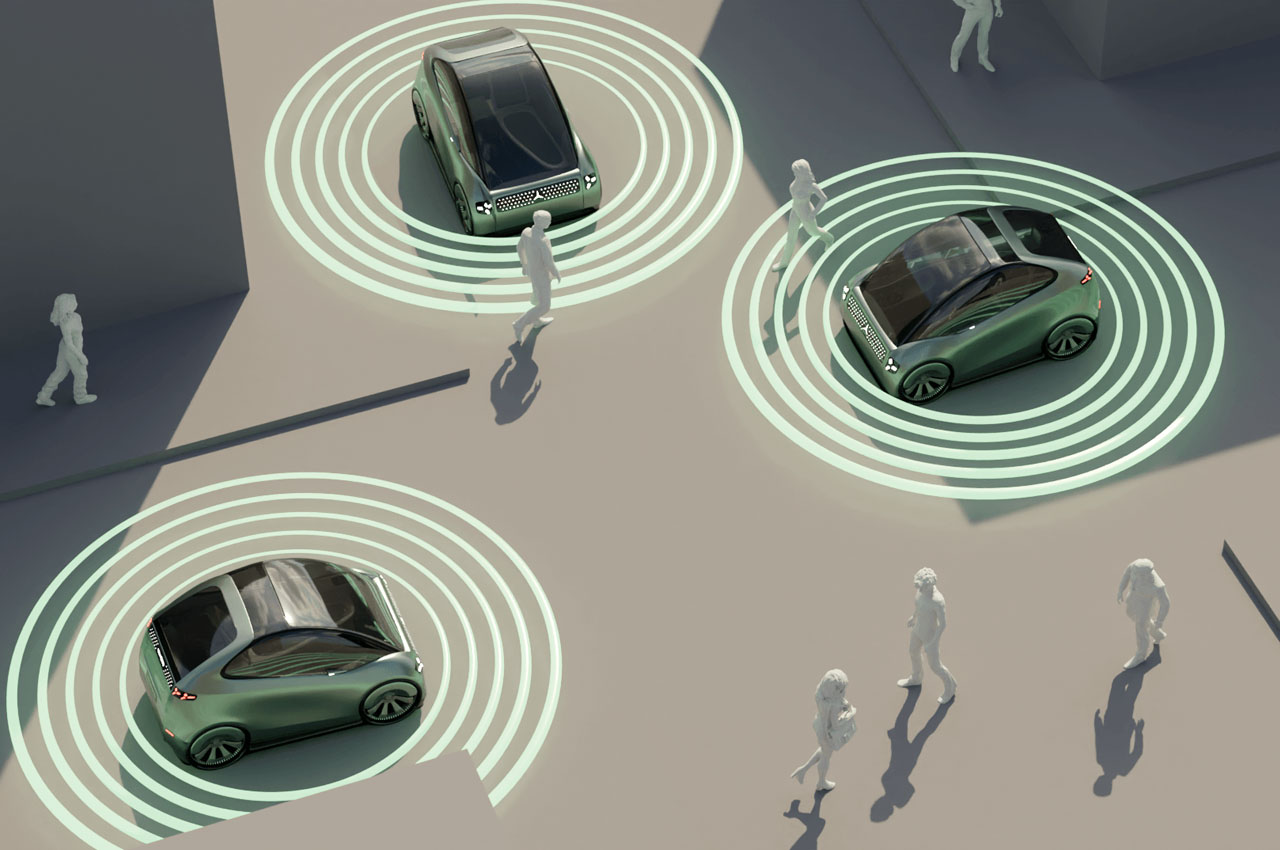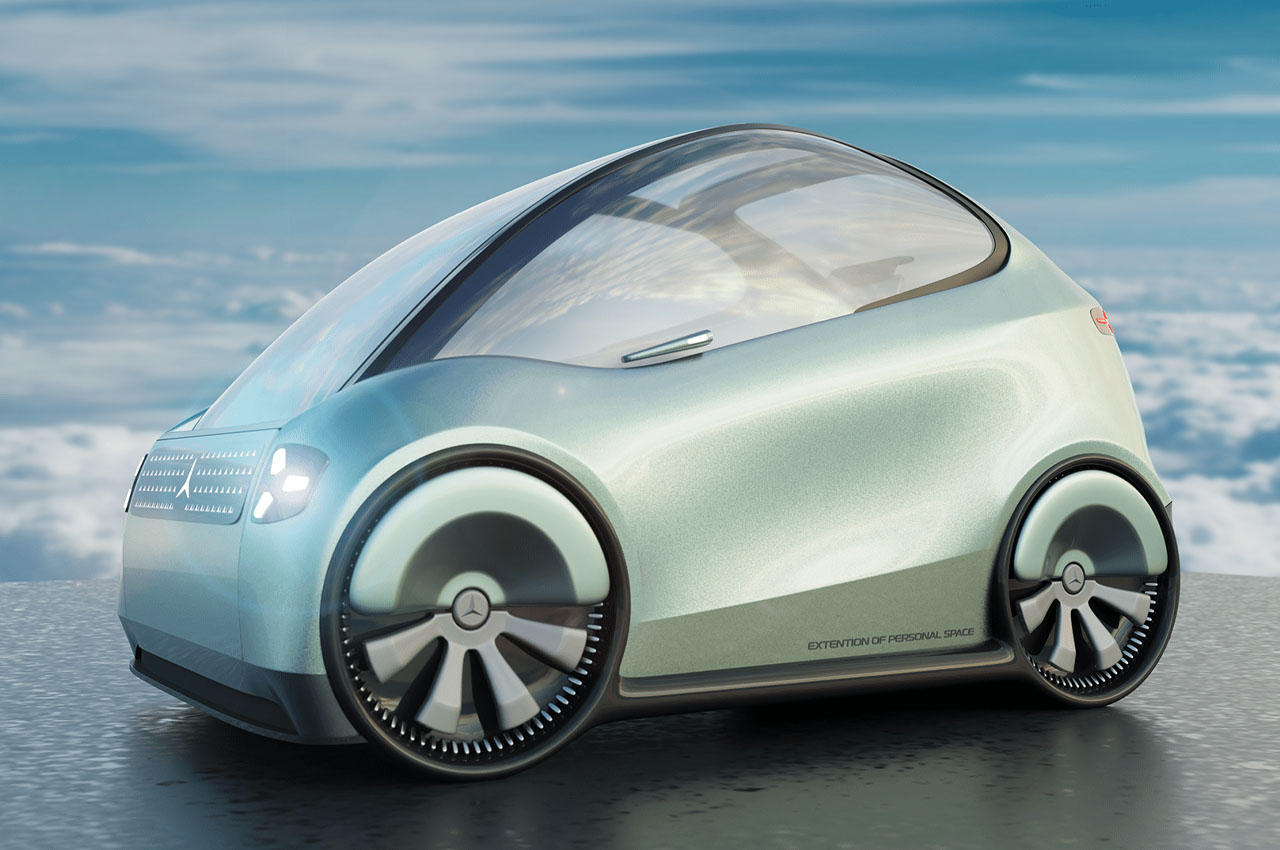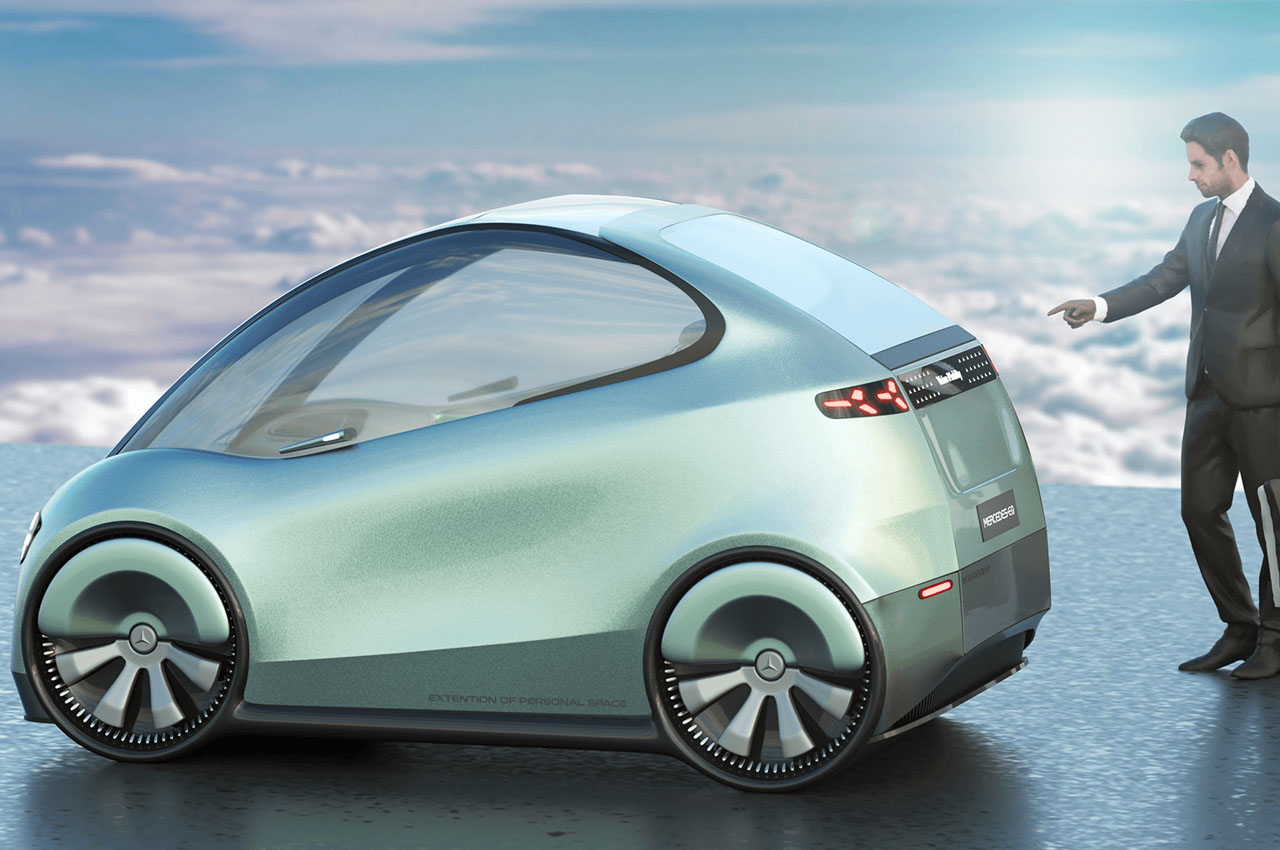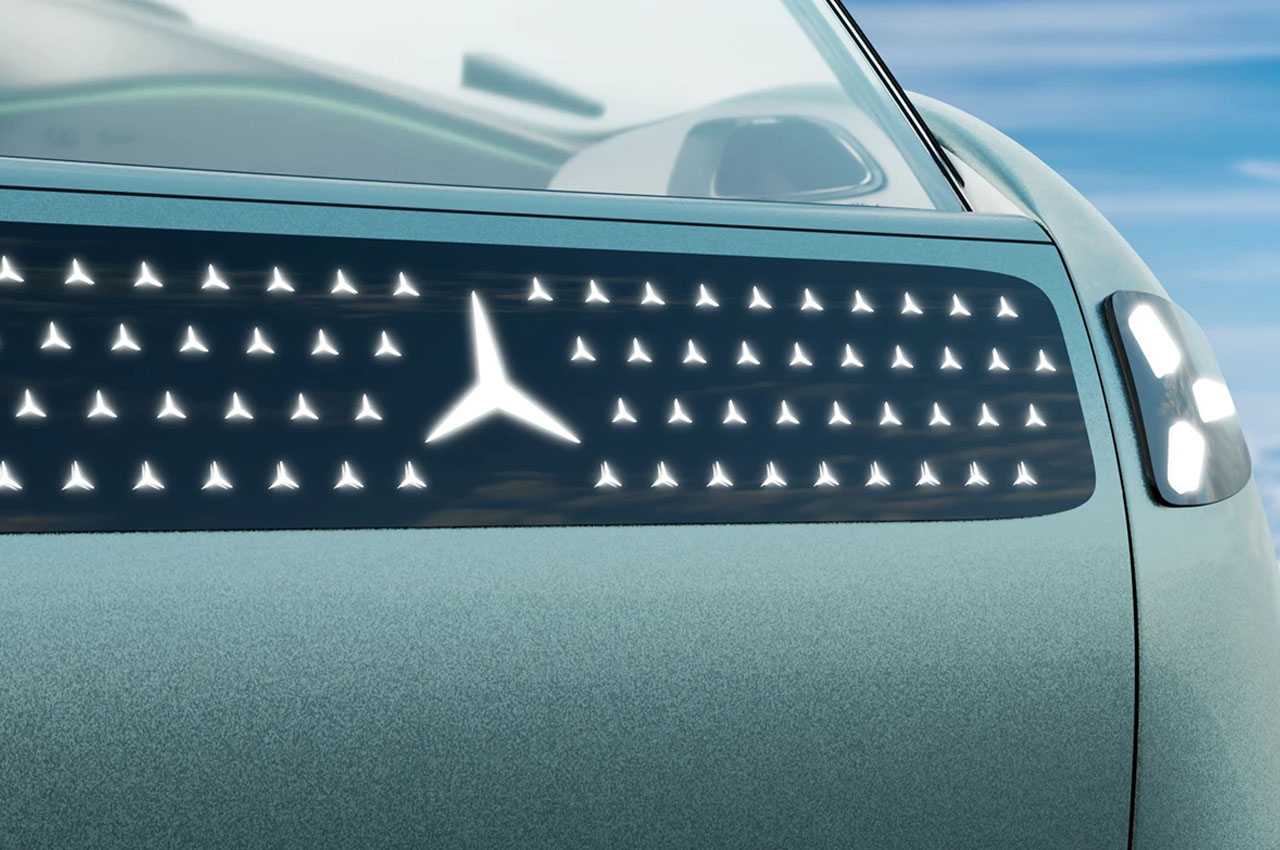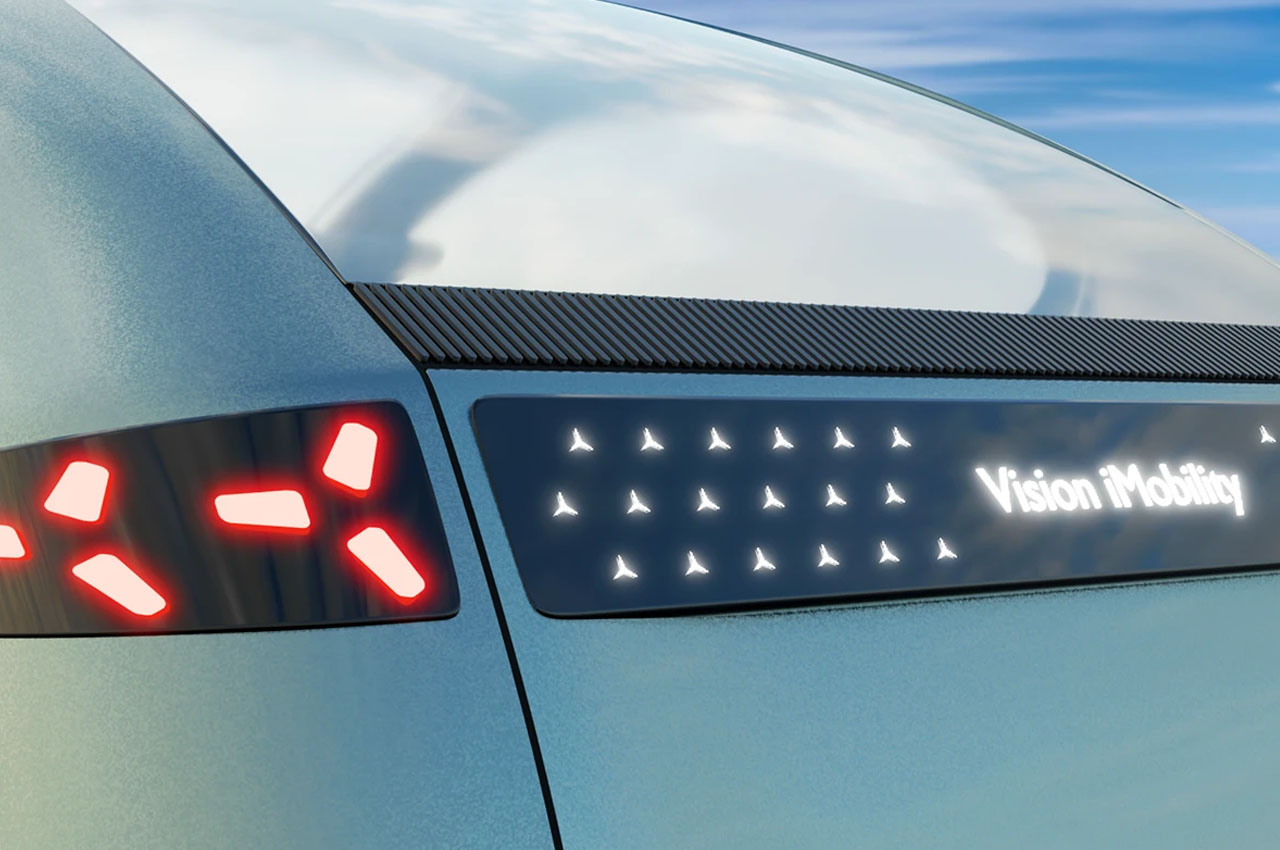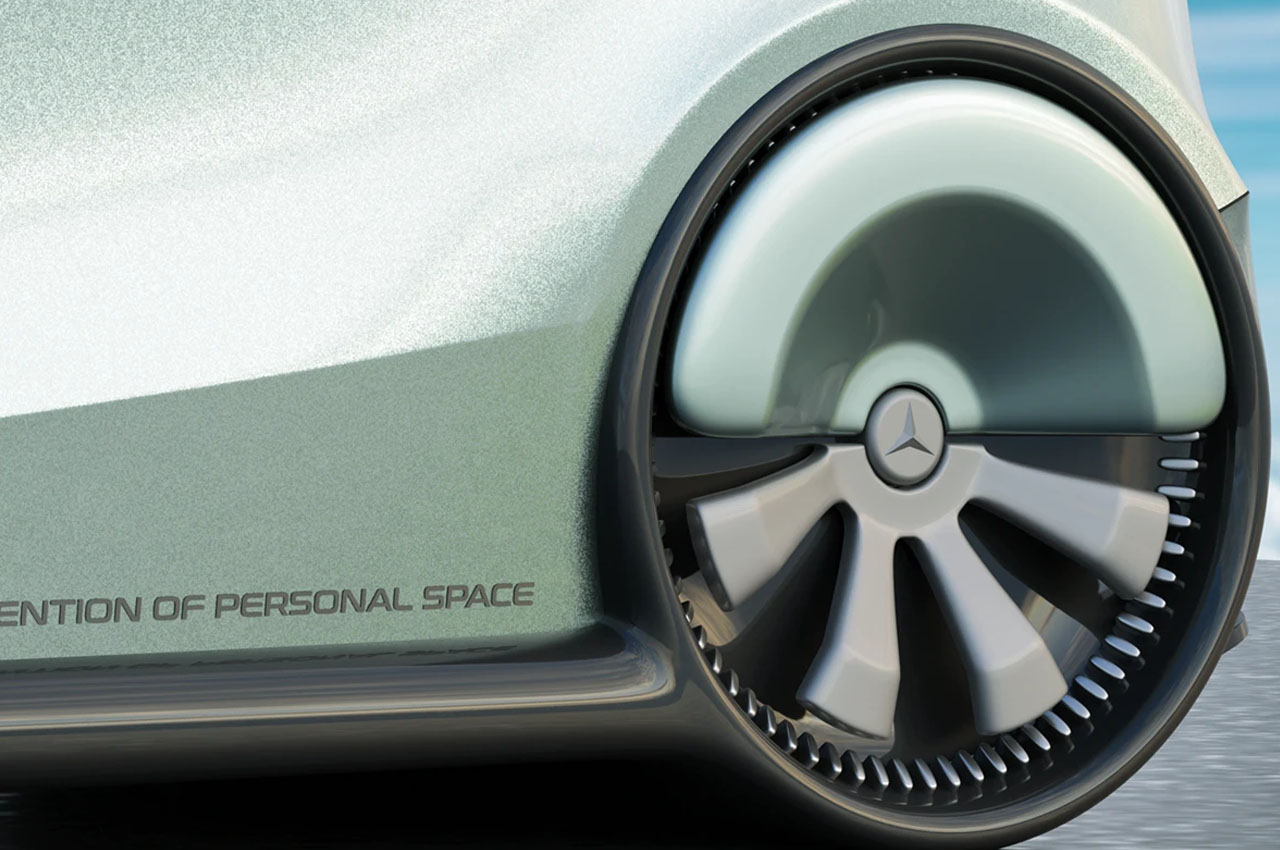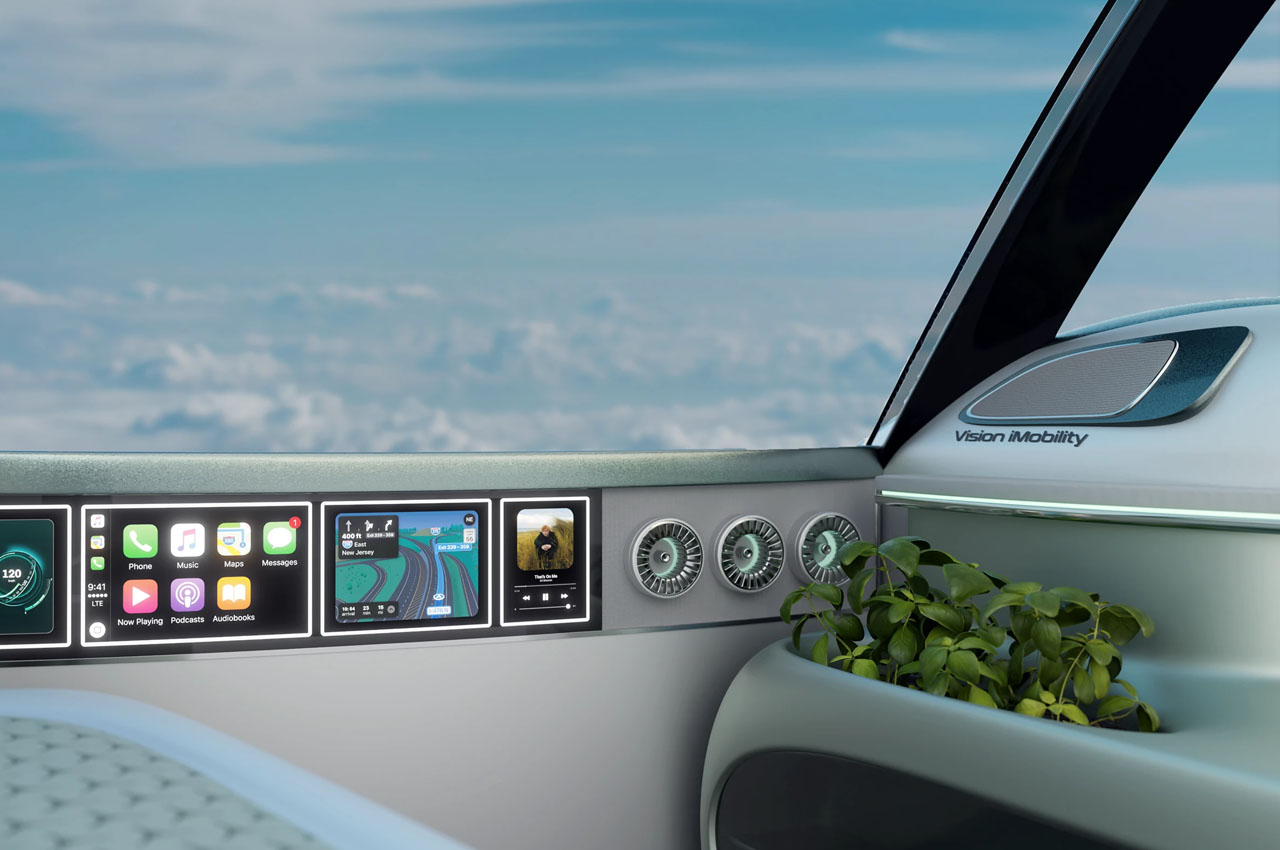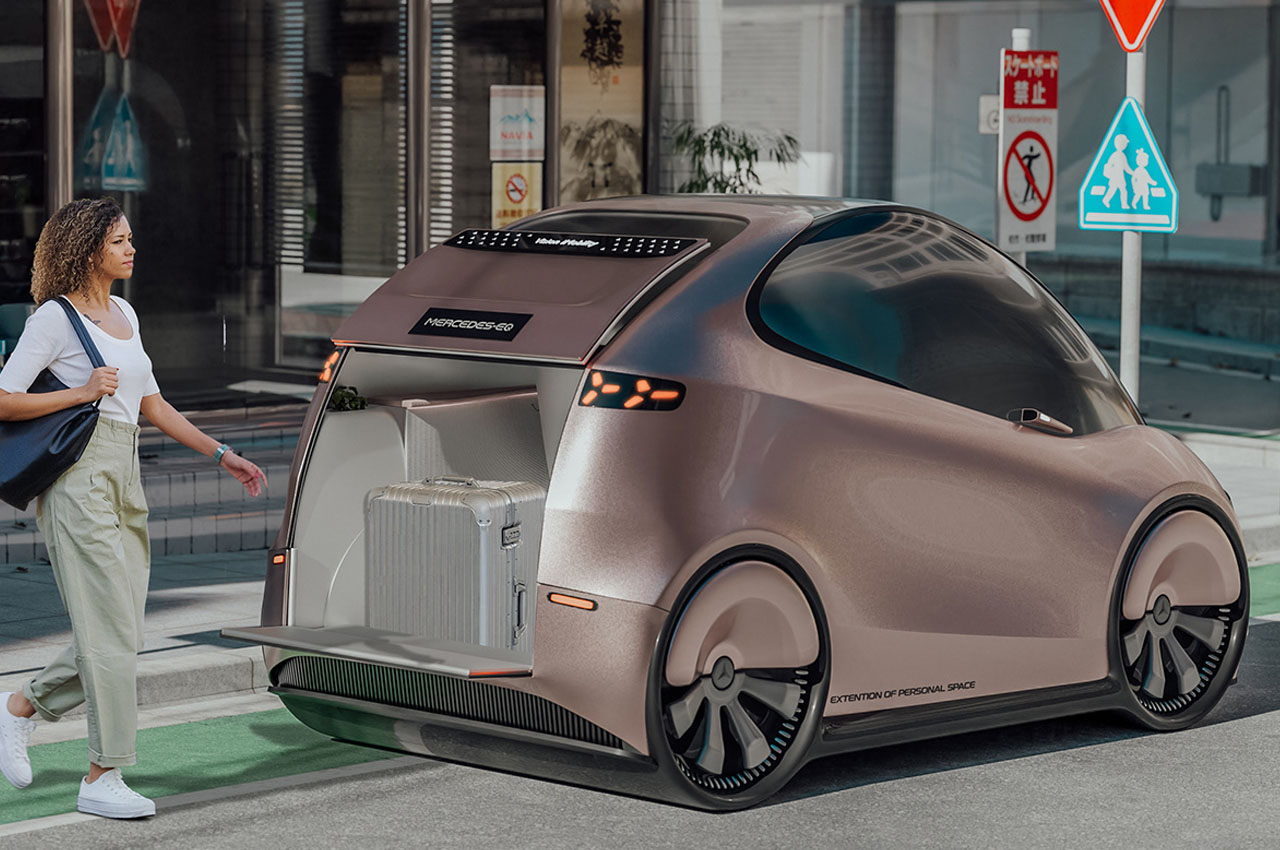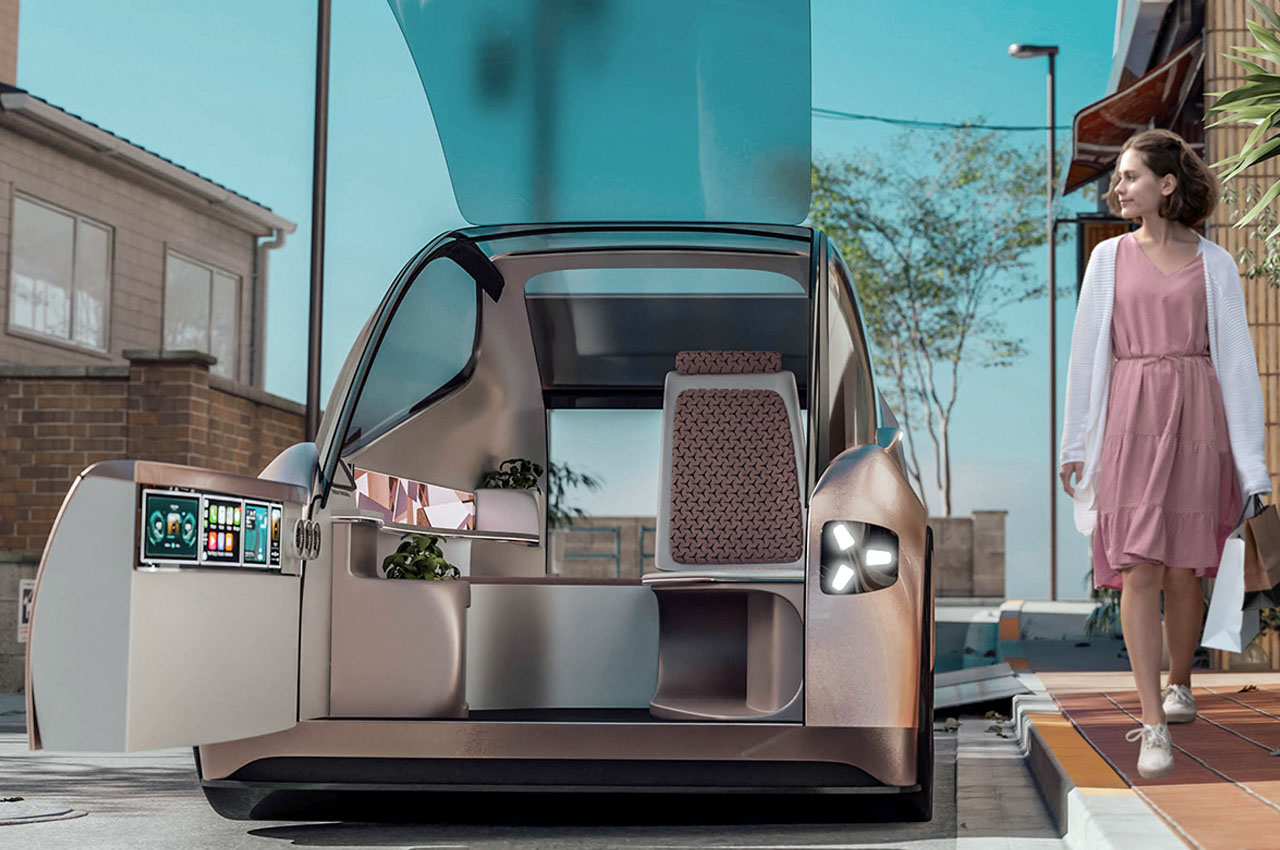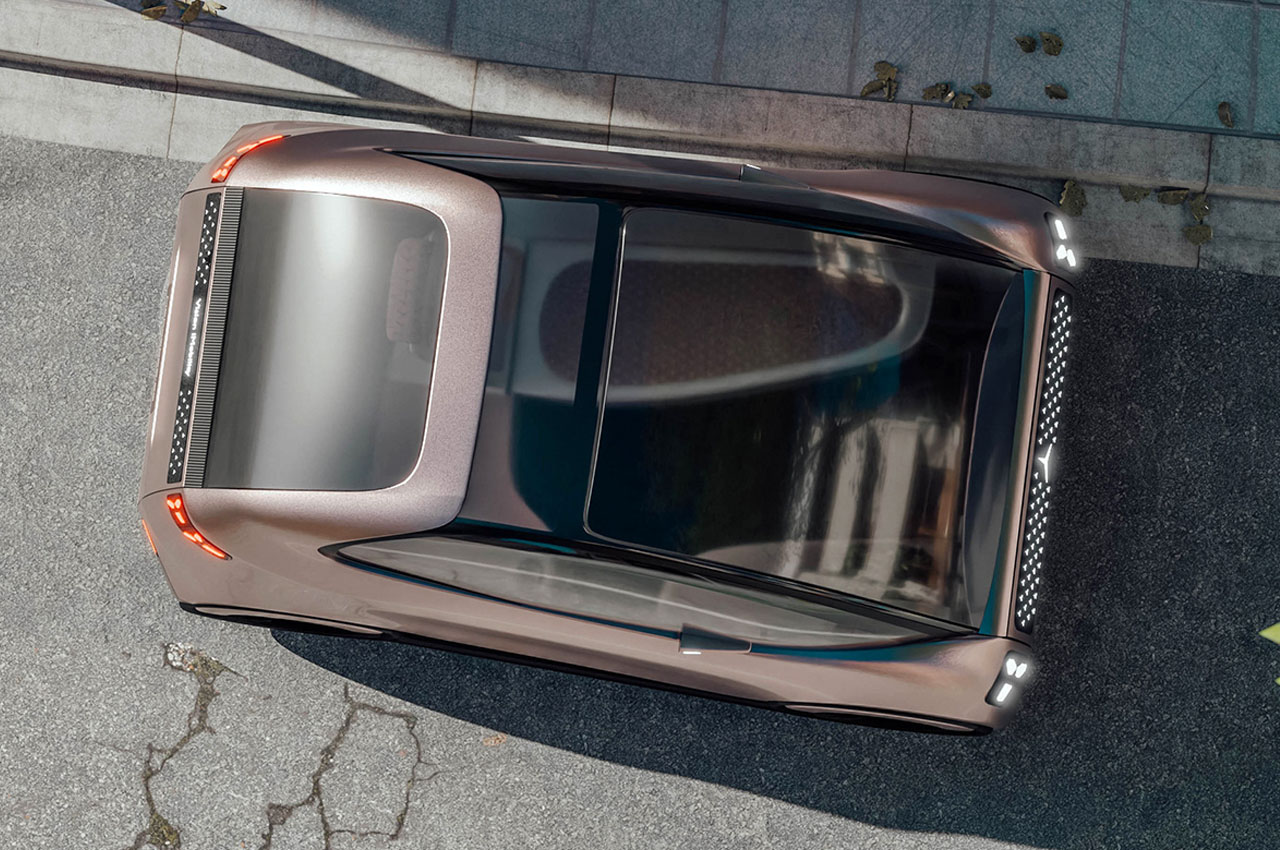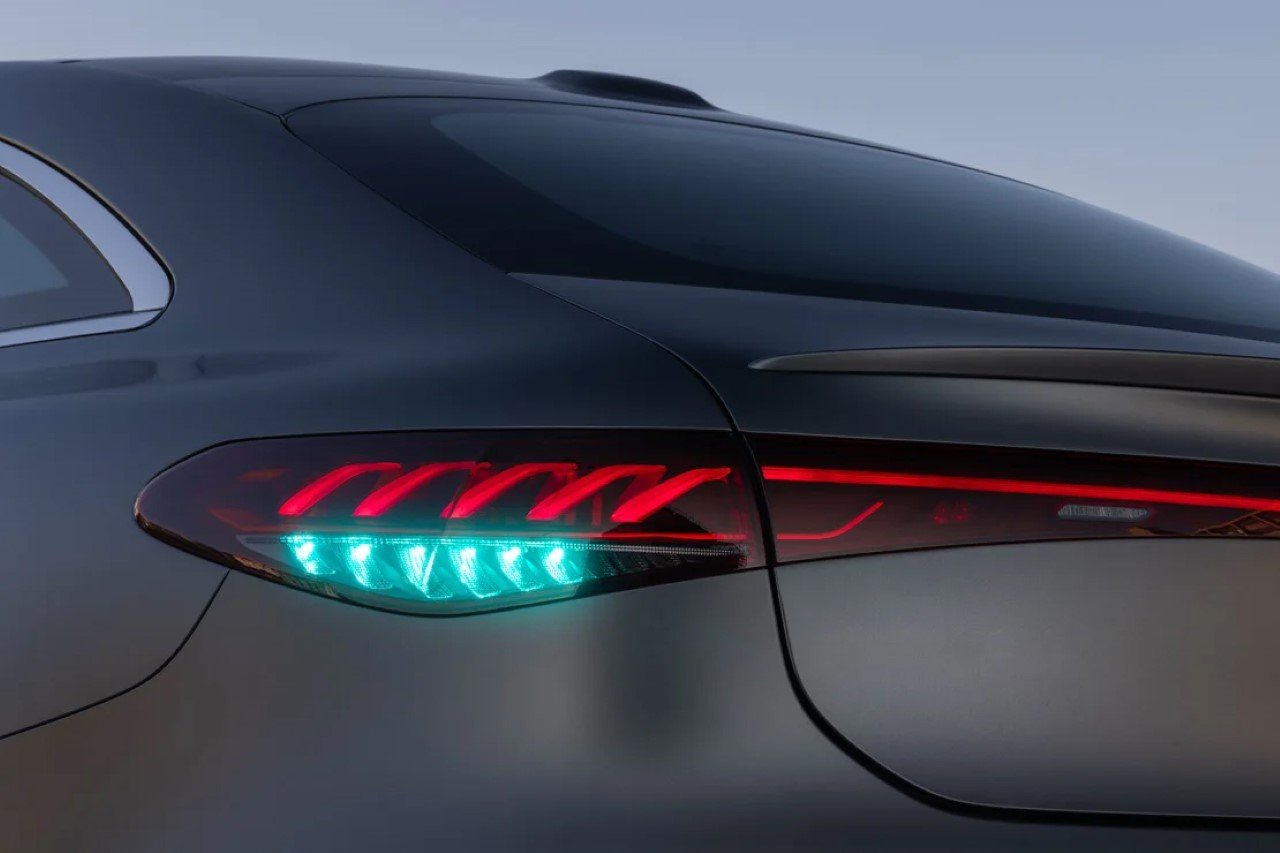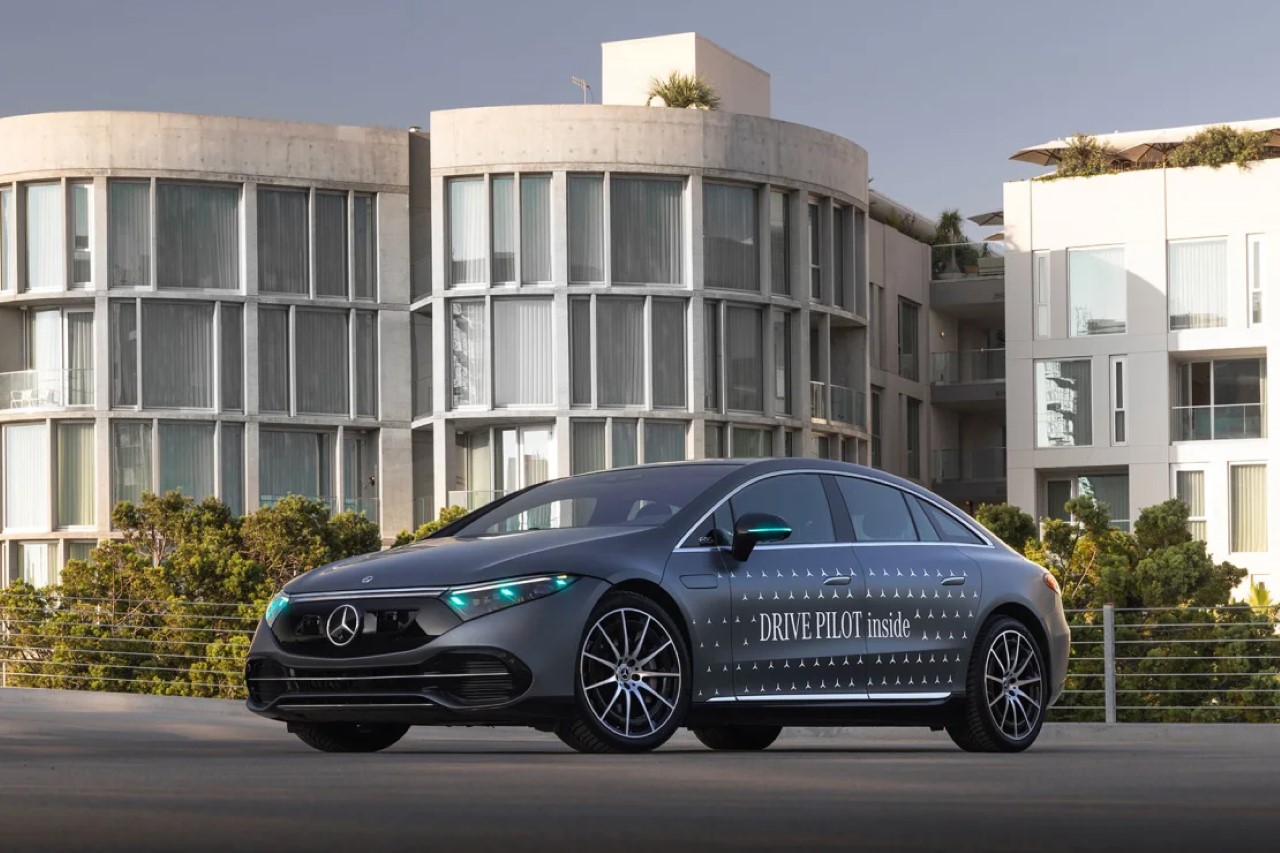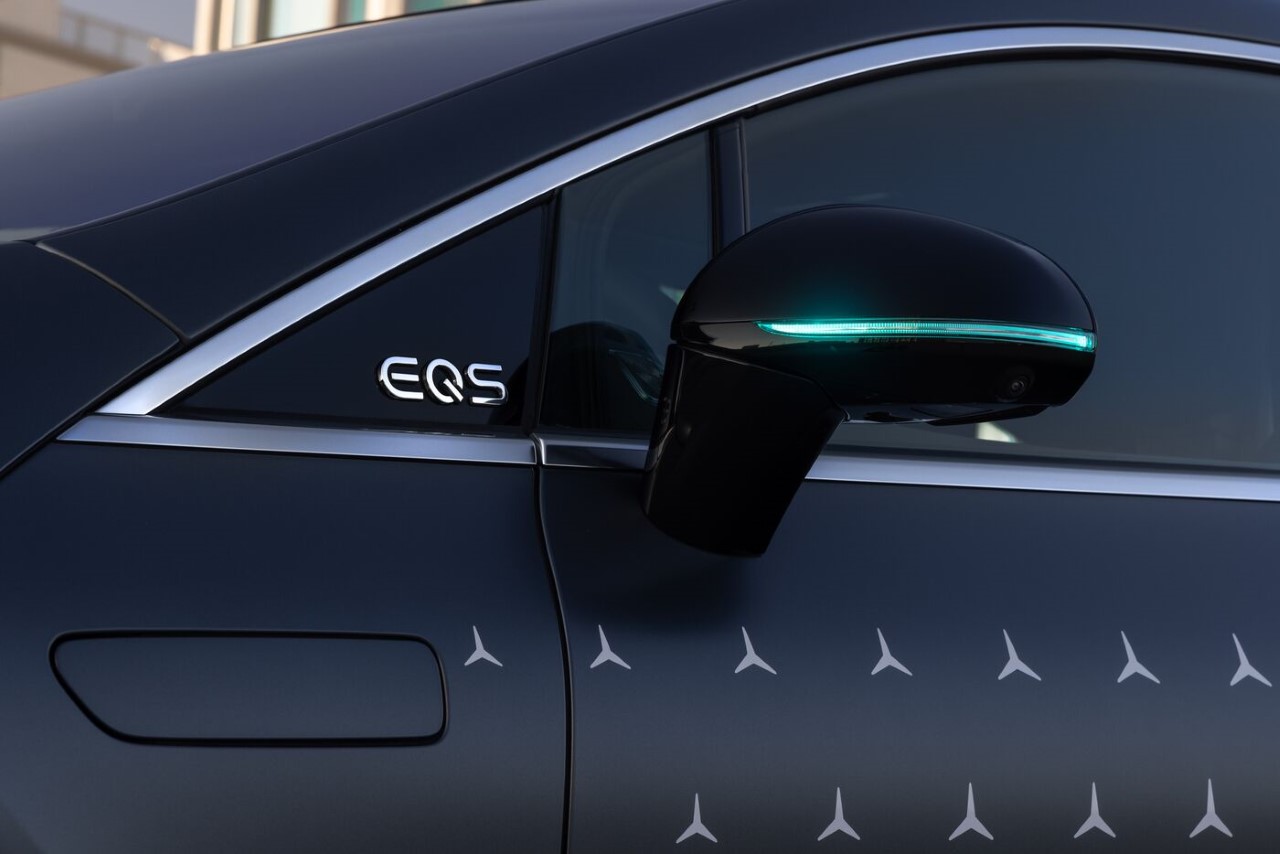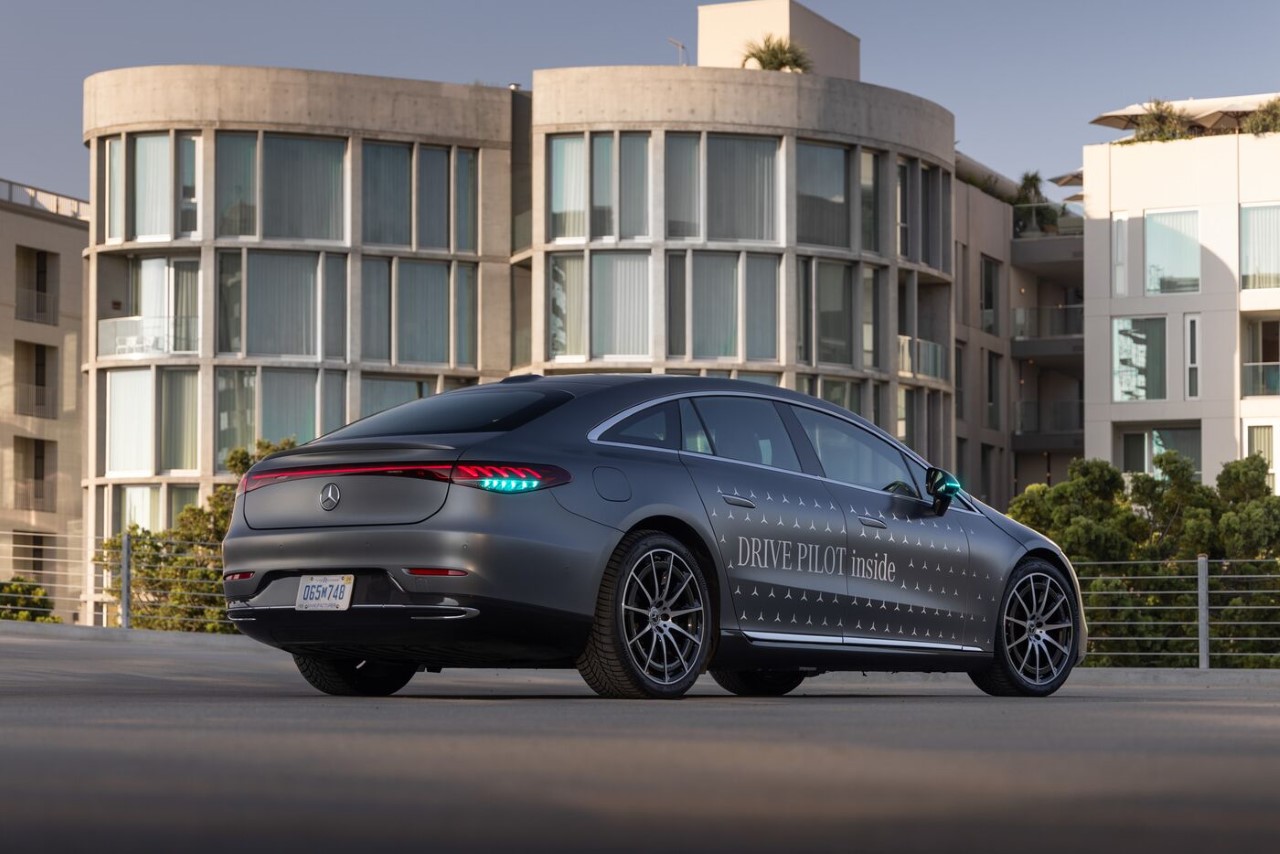LEGO Technic is on a roll this year with back-to-back impressive releases that are a treat to the eye for motorheads. I was utterly impressed with the detailing of the McLaren P1 LEGO set released a few days ago and now the Mercedes-Benz G 500 joins the ranks. This one is also part of the Ultimate Car Concept Series, poised to be one of the best sports car collectibles in a 1:8 scale.
The G 500 celebrates the 45th anniversary this year and LEGO Technic wasn’t going to let this opportunity slip. The result is a G 500 PROFESSIONAL Line model that is a 2,891-piece set for passionate builders. This set will also begin shipping from August 1 for a price tag of $250. Almost half the price of the P1 set and an absolute steal if you are into the off-roading SUV from the house of Mercedes-Benz. The good news is you can pre-order it right now.
Designer: LEGO Technic


LEGO has again delivered its promise of authentic details and recreation of even the most intricate sections of the 4×4 behemoth measuring 8.5 inches high, 16.5 inches long, and 8 inches wide. Under the hood is a replicated 6-cylinder inline engine mated to a 7-speed gearbox having drive, neutral and reverse settings. The internal mechanics are further hones in the form of a working steering wheel and raised suspension. The opening doors come with working locks, along with an opening tailgate and hood to reveal even the finer interior details. Off-road enthusiasts will appreciate the addition of a ladder, spare wheel and roof rack to the mix.


Although the G Wagon has been around for more than four decades, the LEGO team decided to create this Impressive LEGO iteration on the 2017 model. That makes sense when it comes to visual presence as the 2018 version had smaller wheels and a bit lower ground clearance.








The post LEGO Technic recreates working Mercedes-Benz G500 to the minutest of details first appeared on Yanko Design.












